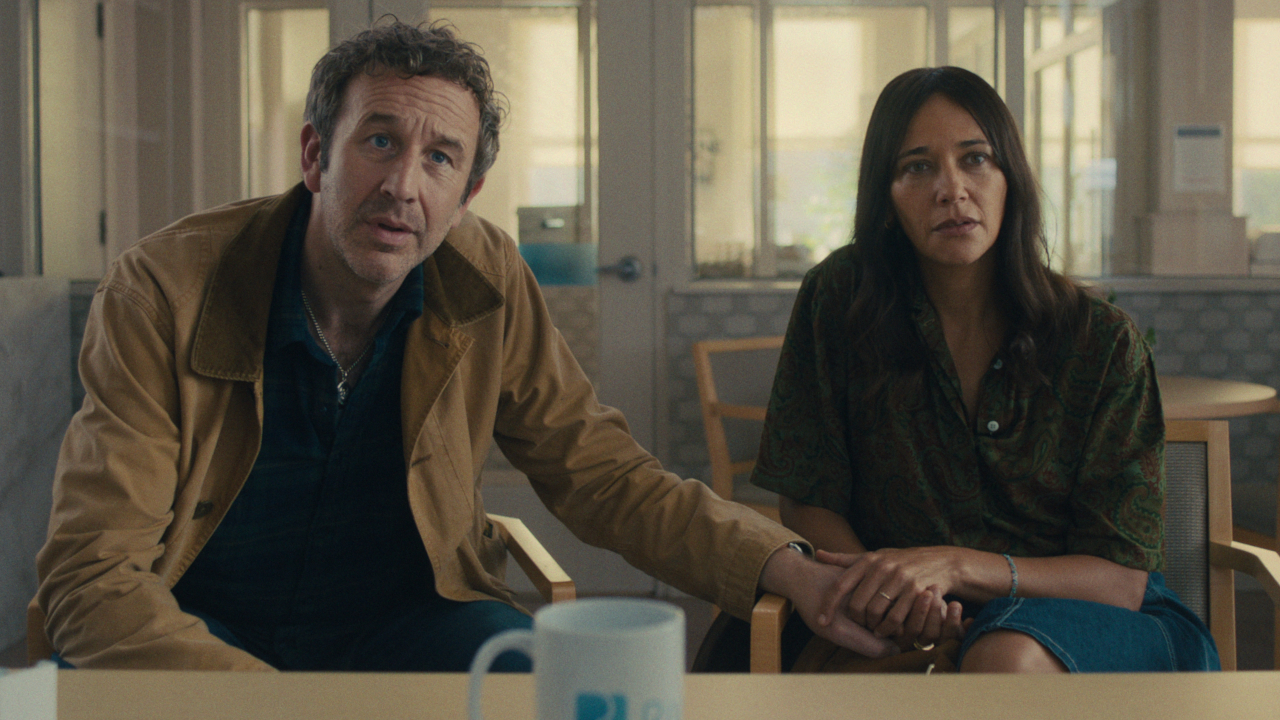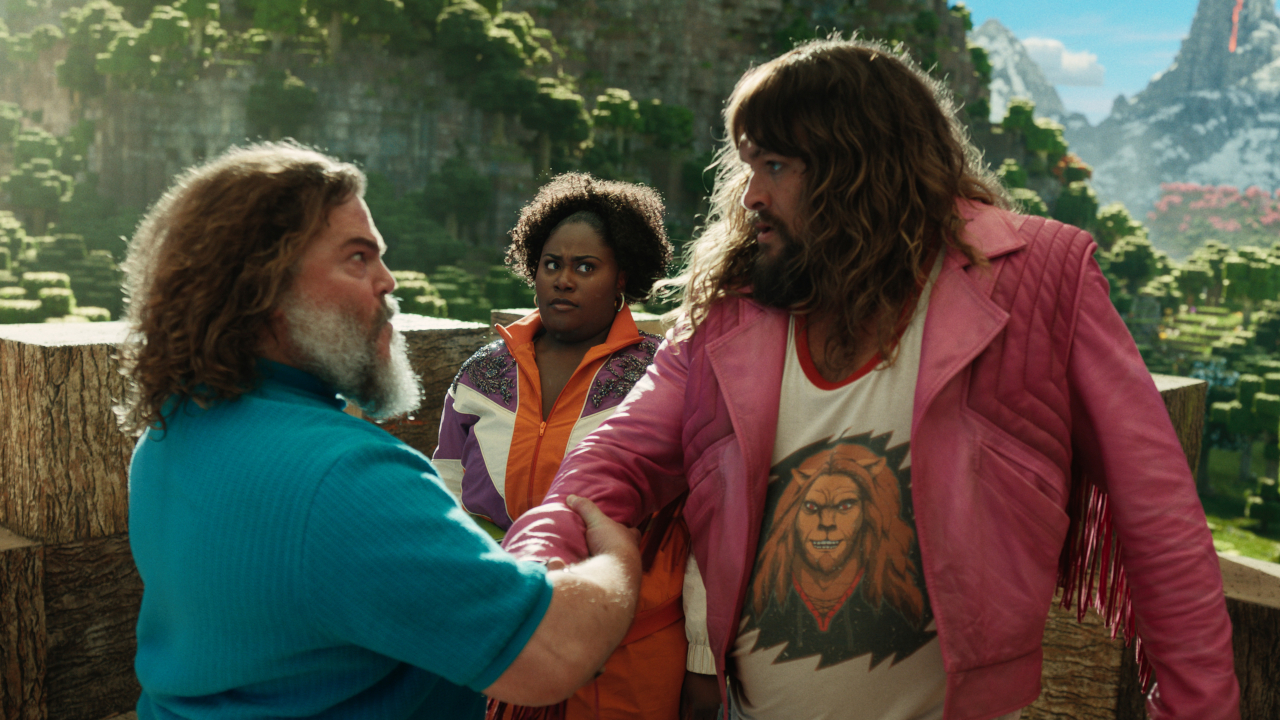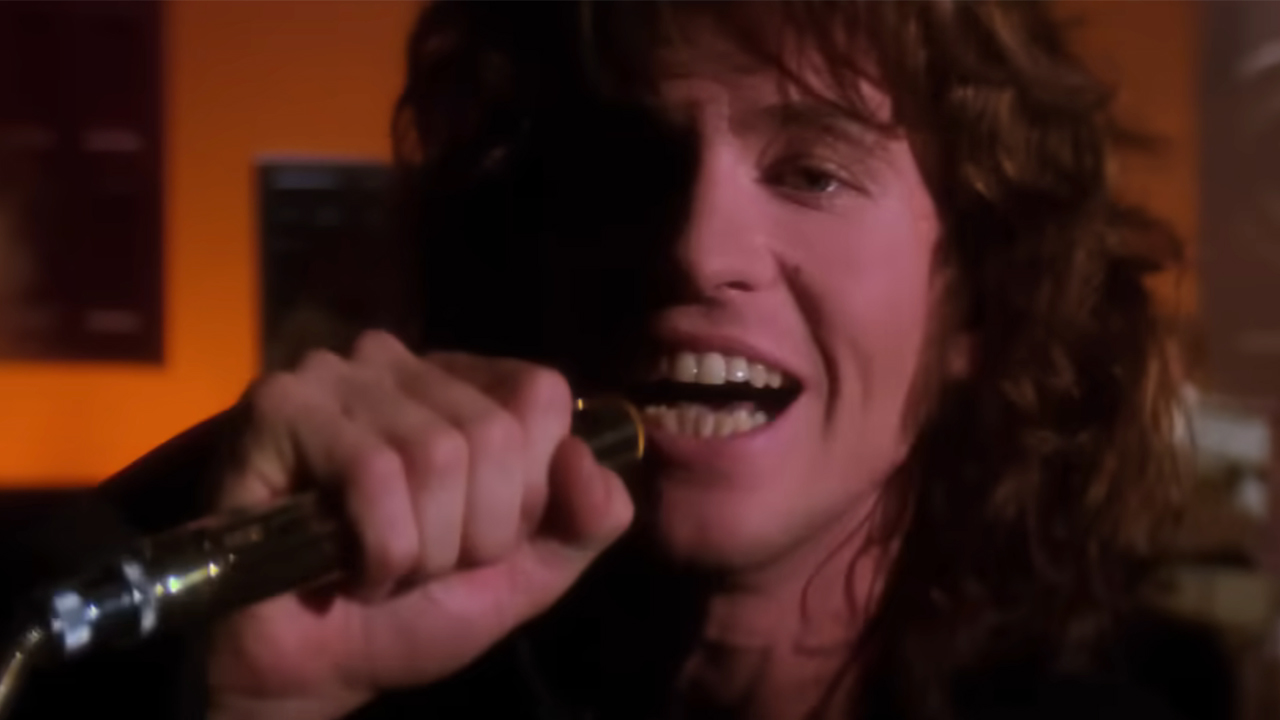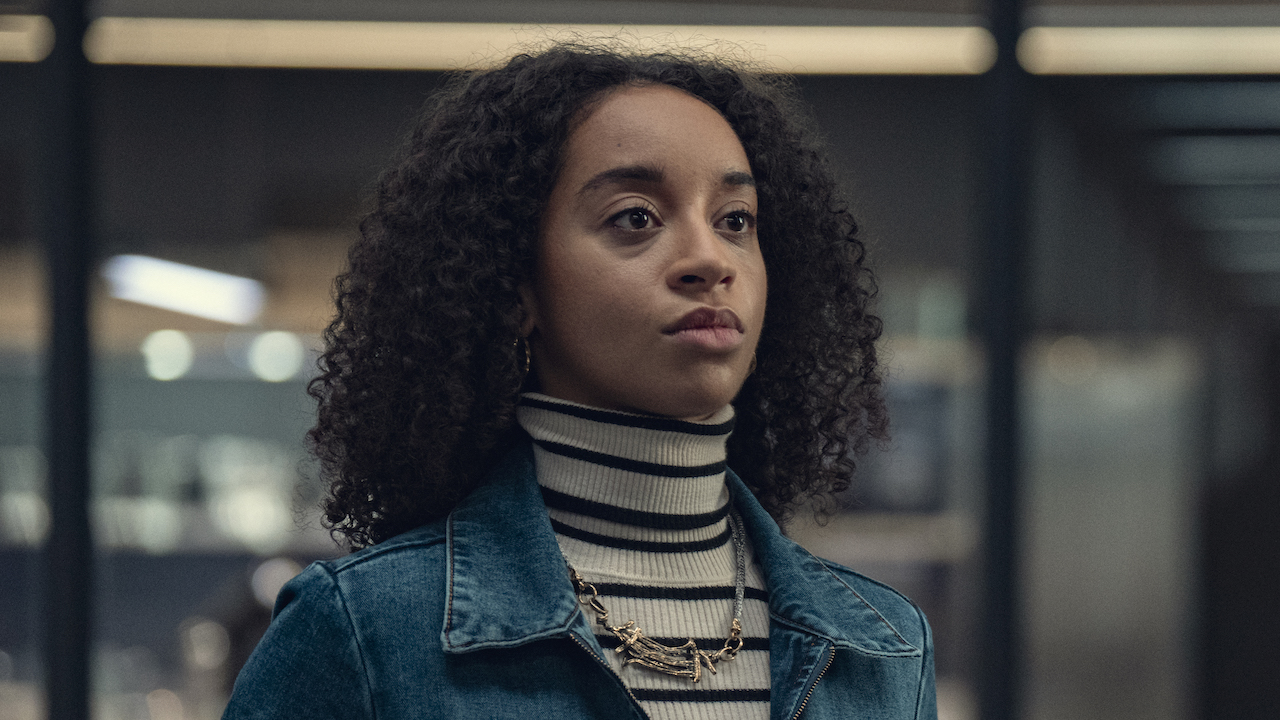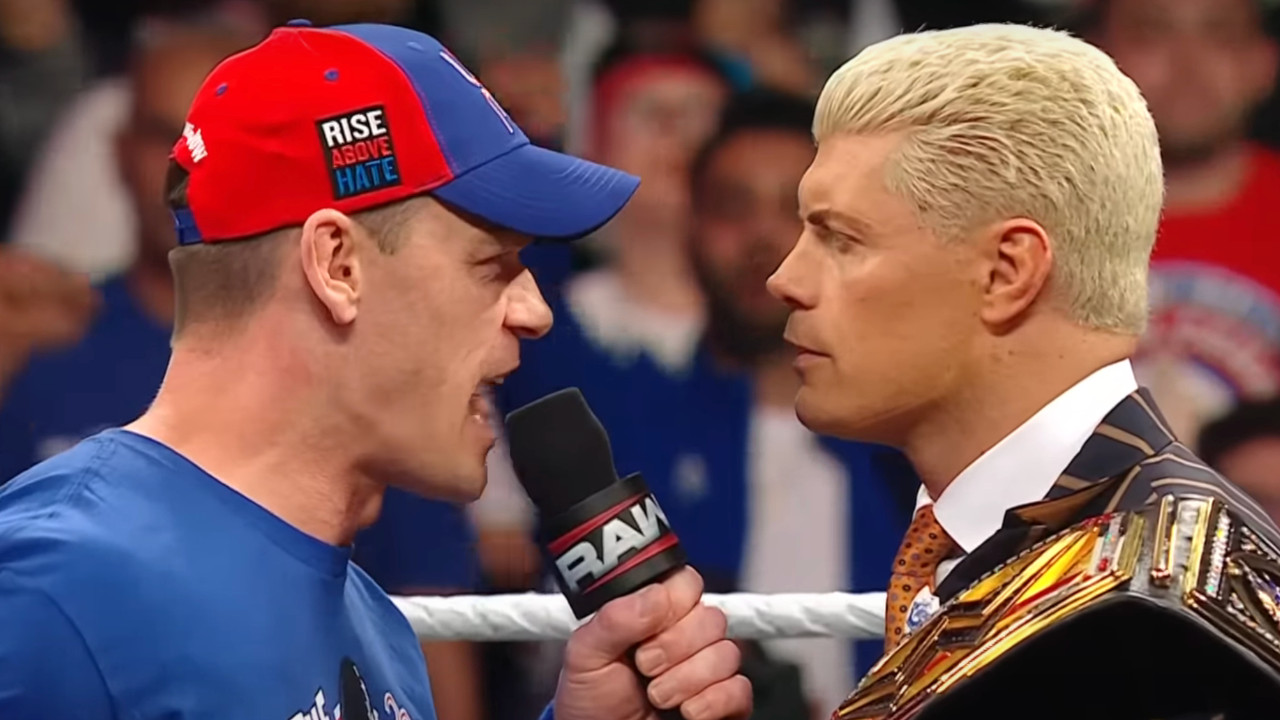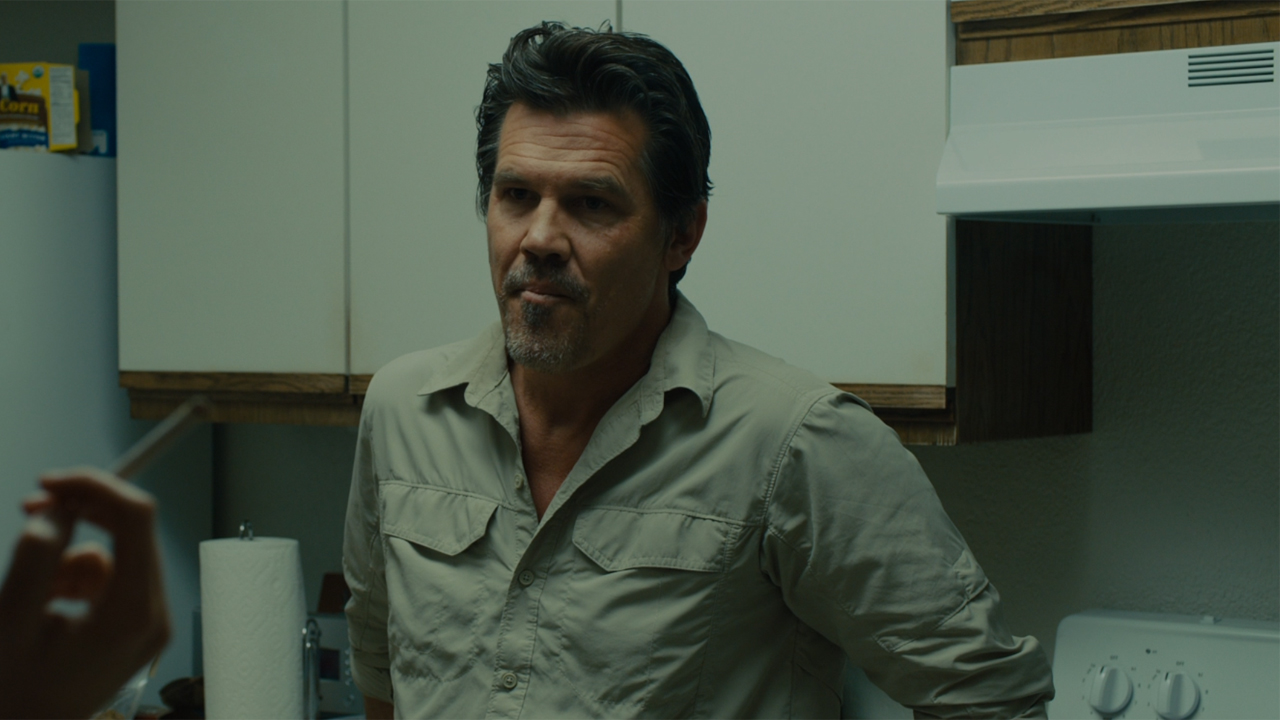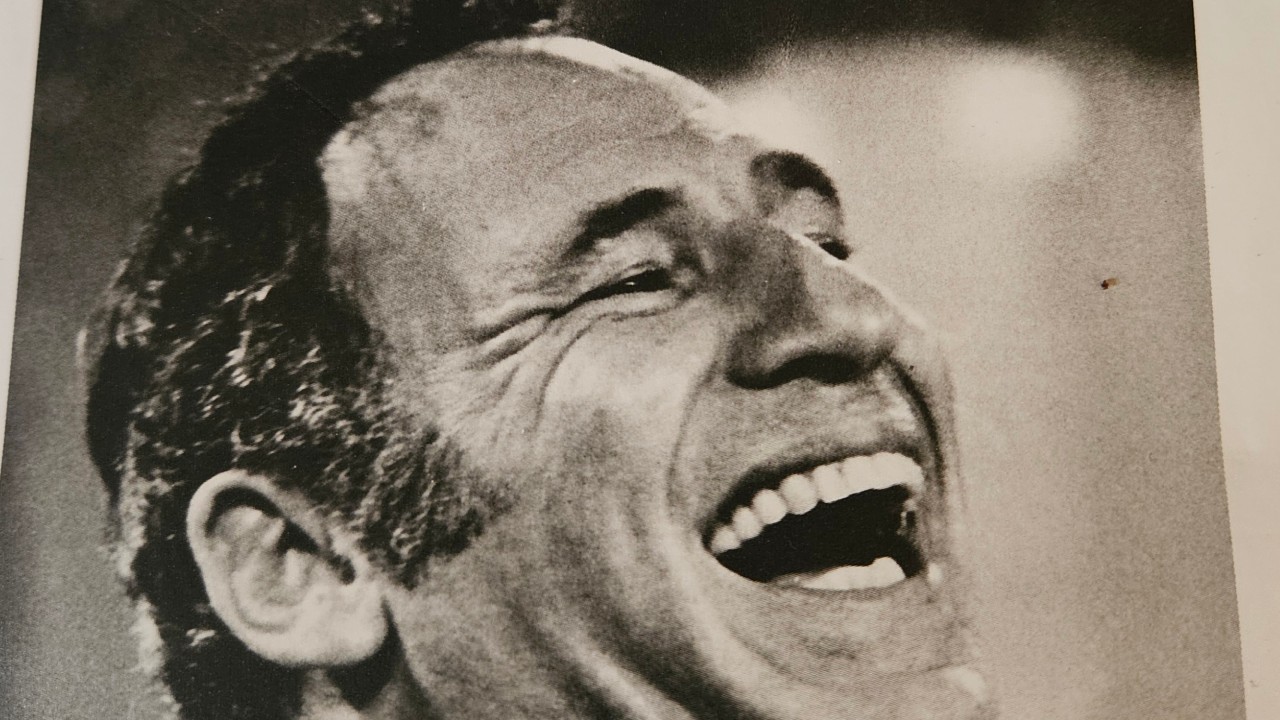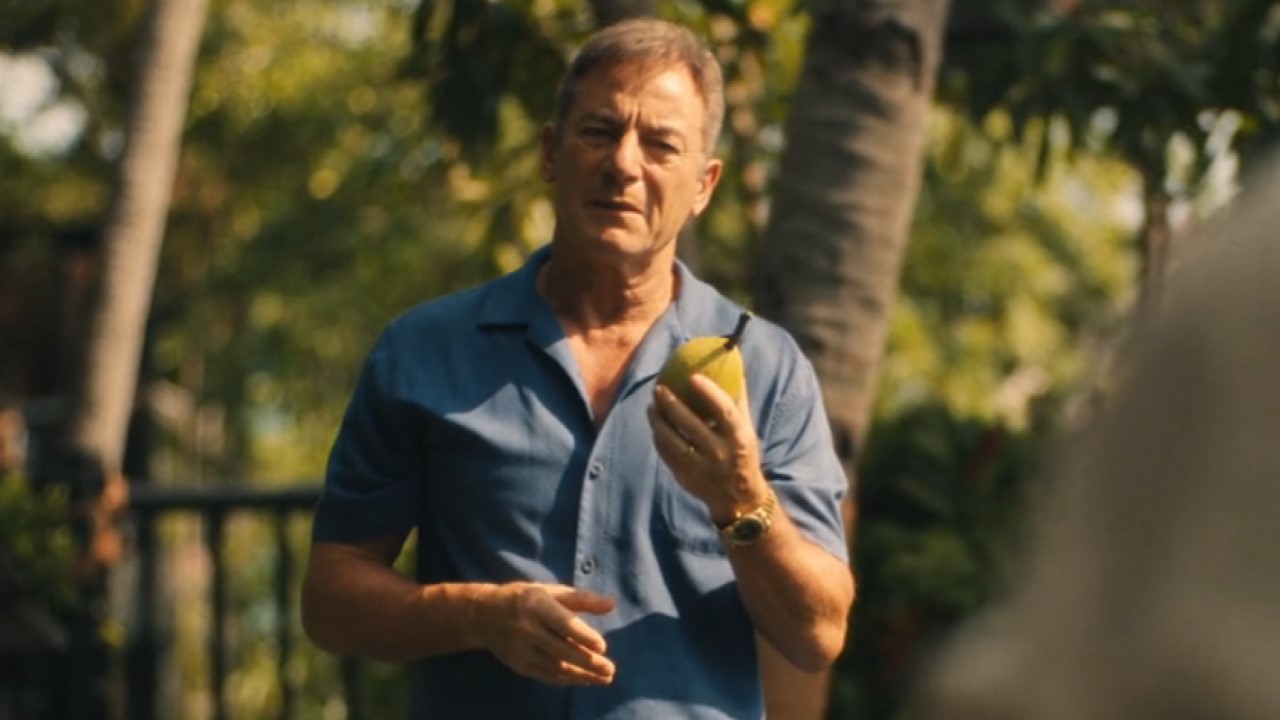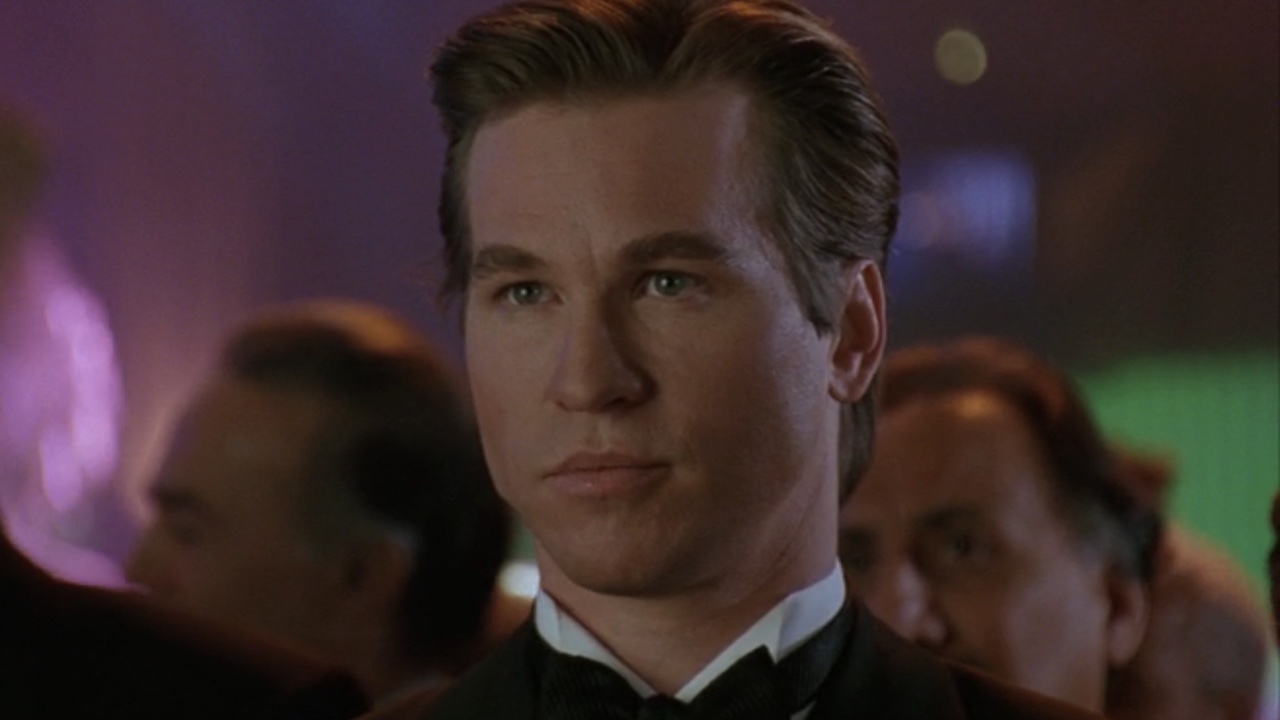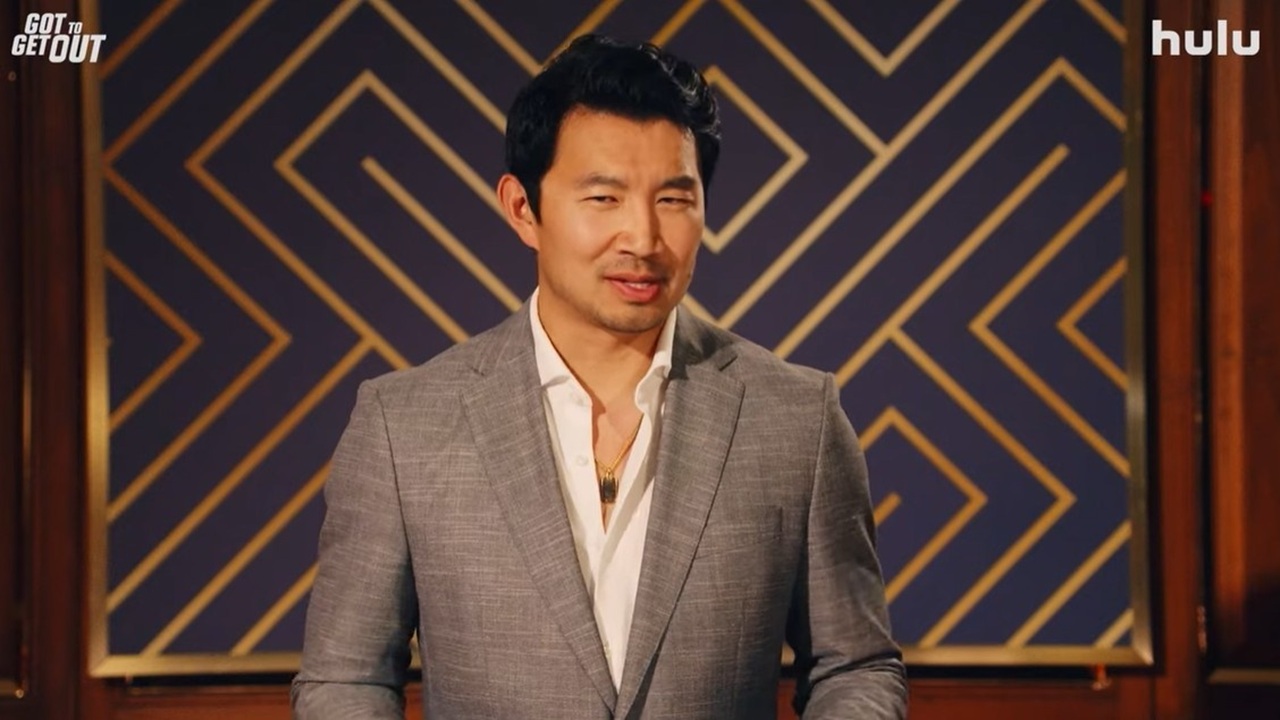32 Modern Movies That Brilliantly Use Practical Special Effects
What you see is real...
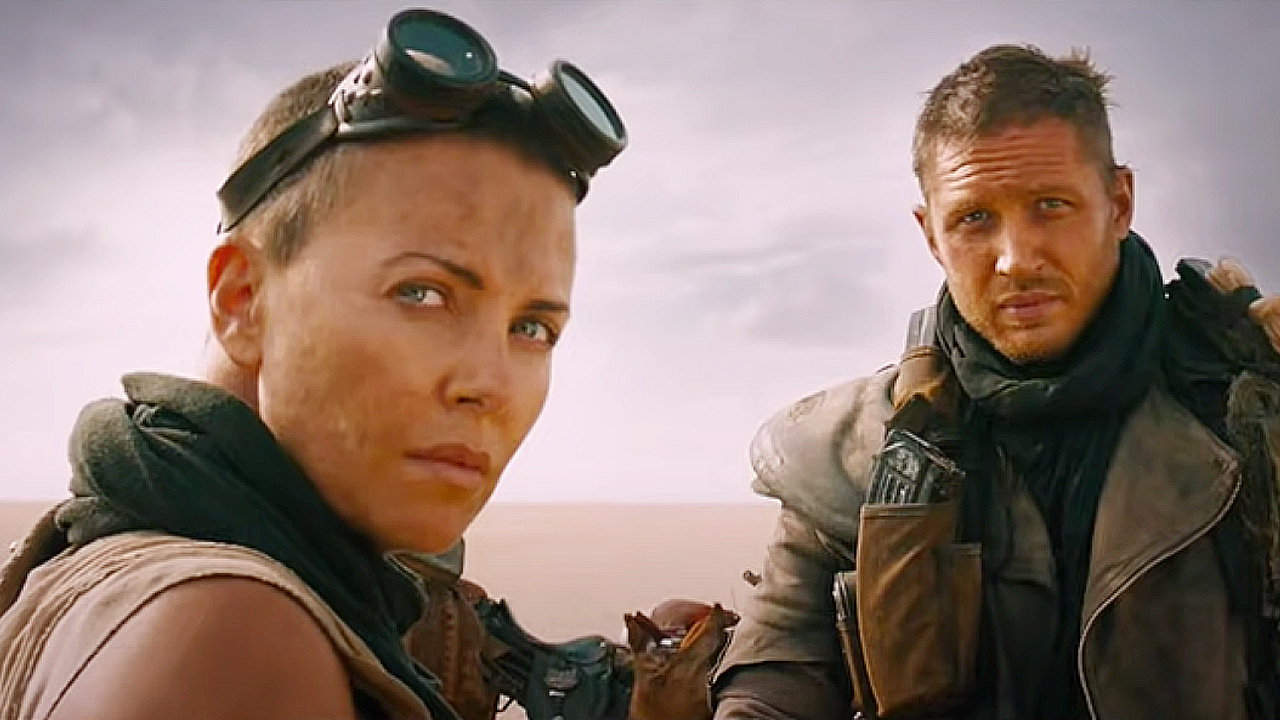
Digital visual effects have been an integral part of the filmmaking process for decades but their increased use over the years has had some moviegoers convinced that Hollywood is far too reliant on creating worlds with a computer. Well, allow us to prove to you that practical effects do still exist by highlighting some modern classics that have honored the old-fashioned ways of creating movie magic.
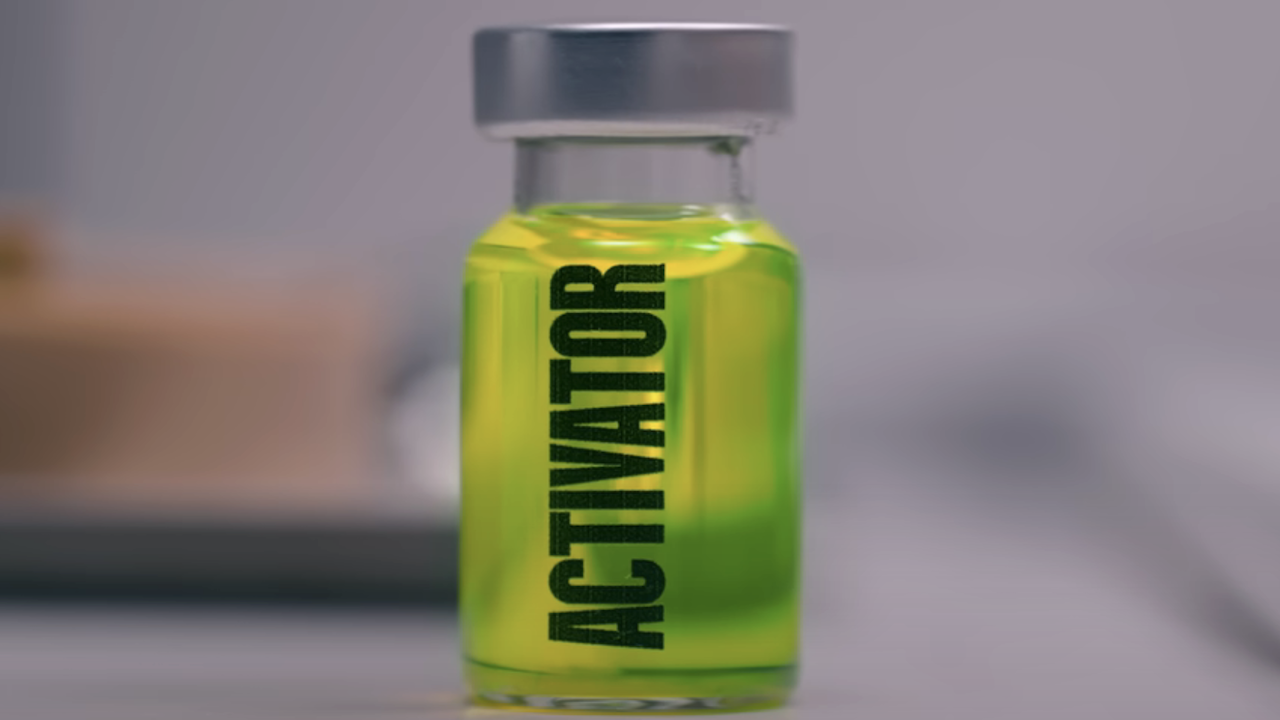
The Substance (2024)
As an eye-opening behind-the-scenes featurette for The Substance proves, director Coralie Fargeat went to great lengths to use as little CGI as possible to realize her vision for the film, which received five 2025 Academy Award nominations, including Best Makeup. Some of the most bizarre and disgusting shots of this intense body horror spectacle were captured on camera with shockingly realistic doubles for body parts, such as when Elisabeth Sparkle (Demi Moore) births her double, Sue (Margaret Qualley), out of her back.
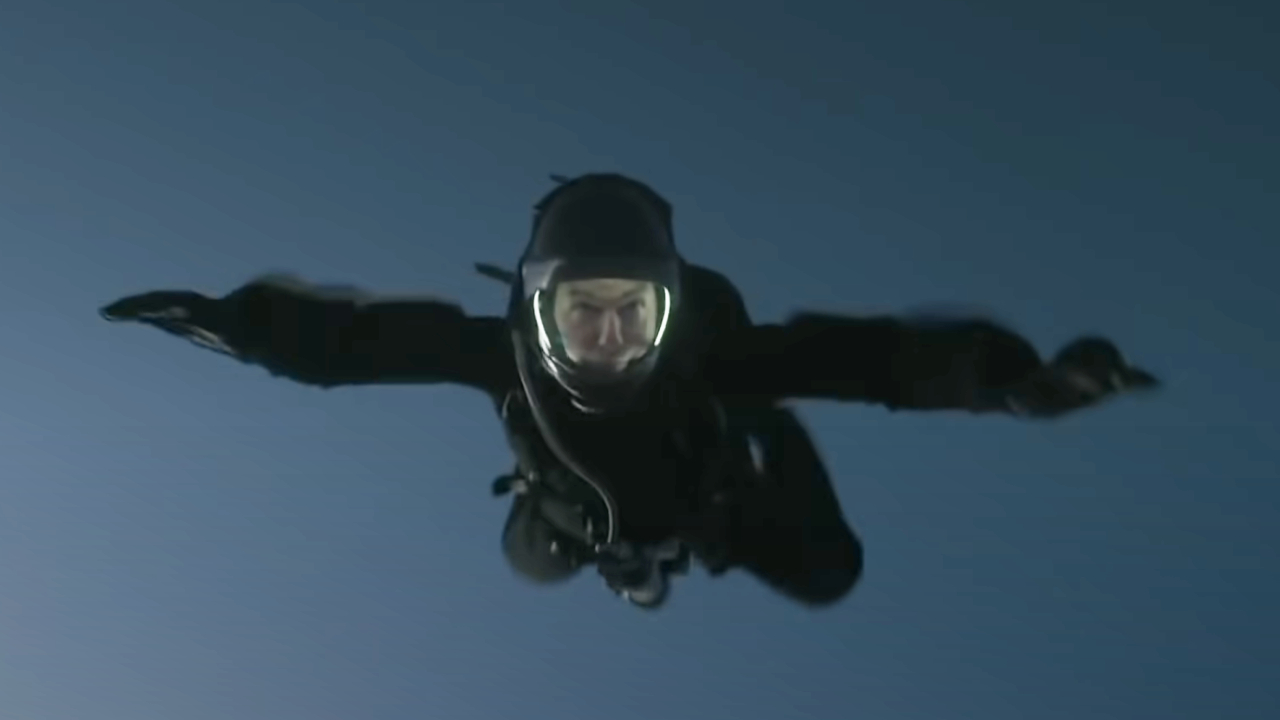
Mission: Impossible - Fallout (2018)
One of the most appealing aspects of the Mission: Impossible movies is their intense action sequences, achieved with little to no digital enhancement. Arguably, the franchise's most unbelievable practical stunt comes from Mission: Impossible - Fallout. Tom Cruise trained for weeks to perform a HALO jump out of a plane from 25,000 feet above the ground for a sequence that only required CGI to create the storm raging around Ethan Hunt as he descends.
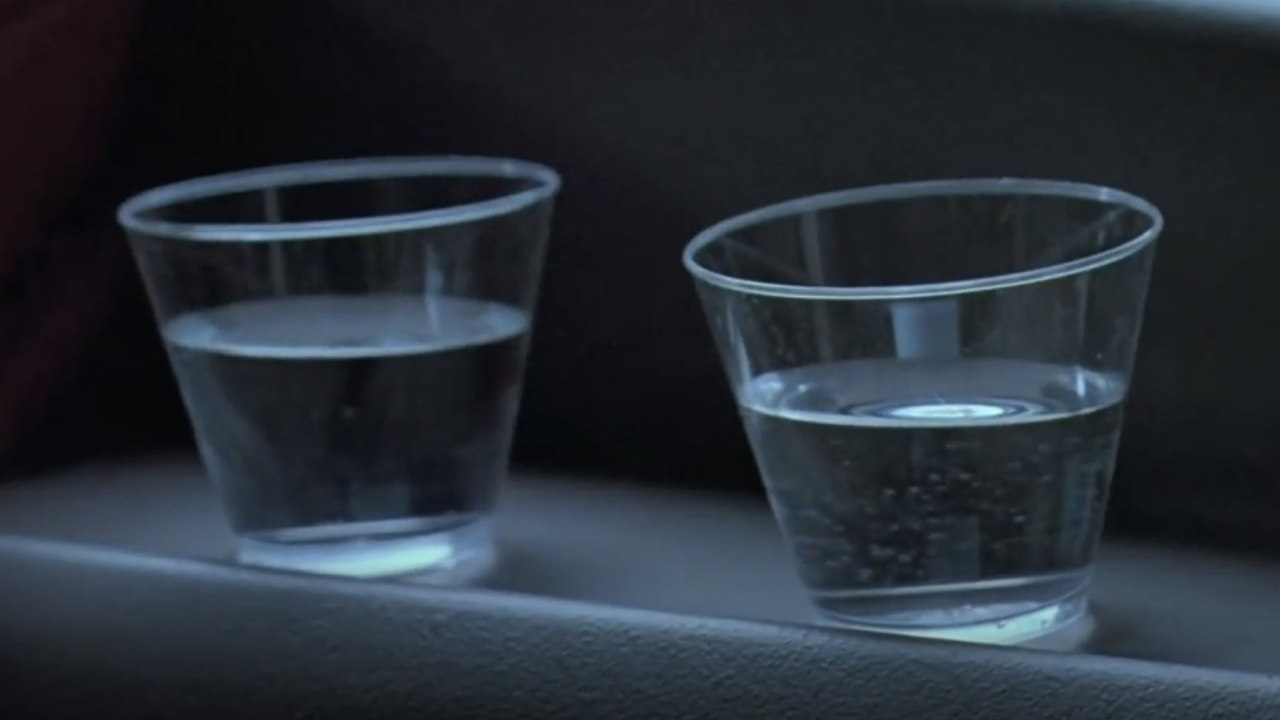
Jurassic Park (1993)
While considered a revolutionary moment for CGI in movies with its timeless dinosaur creations, the first installment of the Jurassic Park movies also uses practical effects in very impressive ways. While the animatronic velociraptors are among the most famous examples, according to special effects designer Michael Lantieri in a video by Great Big Story, one of the most difficult effects was creating ripples in a cup of water to signal the T. Rex's approach, which was achieved by plucking a guitar string placed underneath the cup.
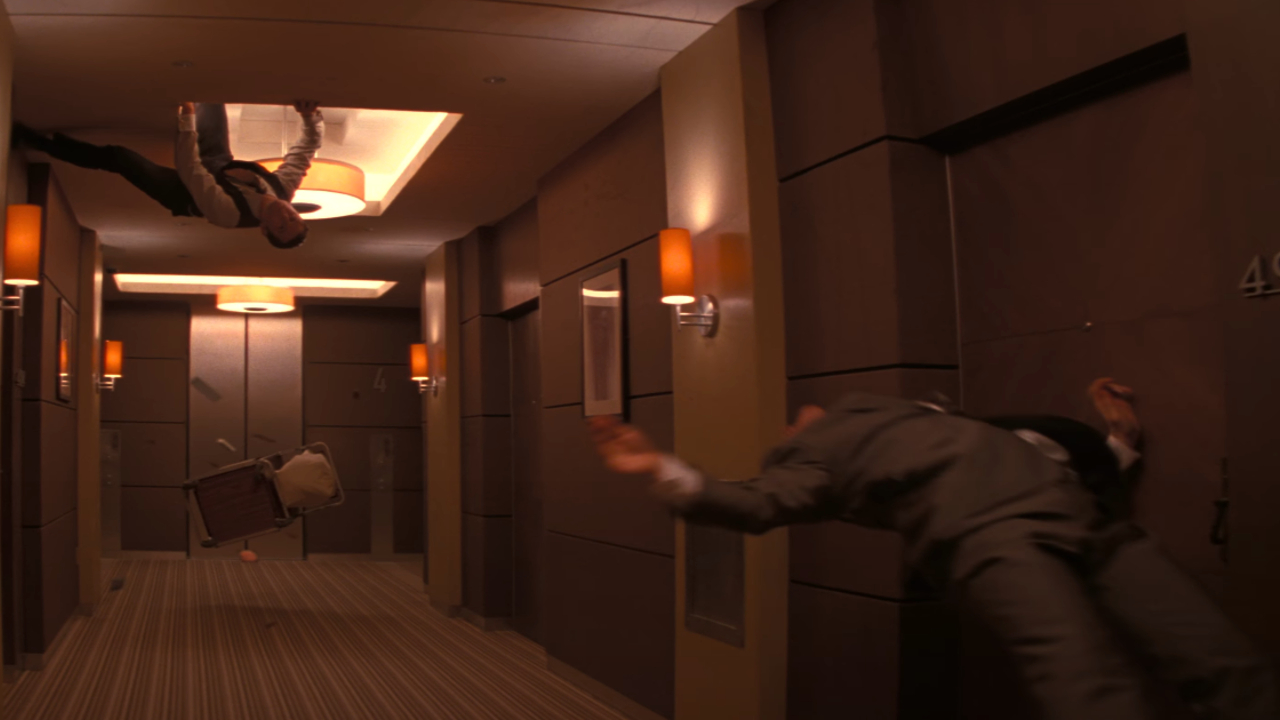
Inception (2010)
Some of the more surreal moments from Christopher Nolan's dream-exploring adventure Inception obviously could not have existed without CGI. However, as demonstrated in a behind-the-scenes DVD featurette, the scene when Arthur (Joseph Gordon-Levitt) engages in a brawl in a hotel that is literally spinning was achieved by rotating a hallway set on an axis and, for shots in zero-gravity, building a vertical hallway set and suspending the actors on wires.
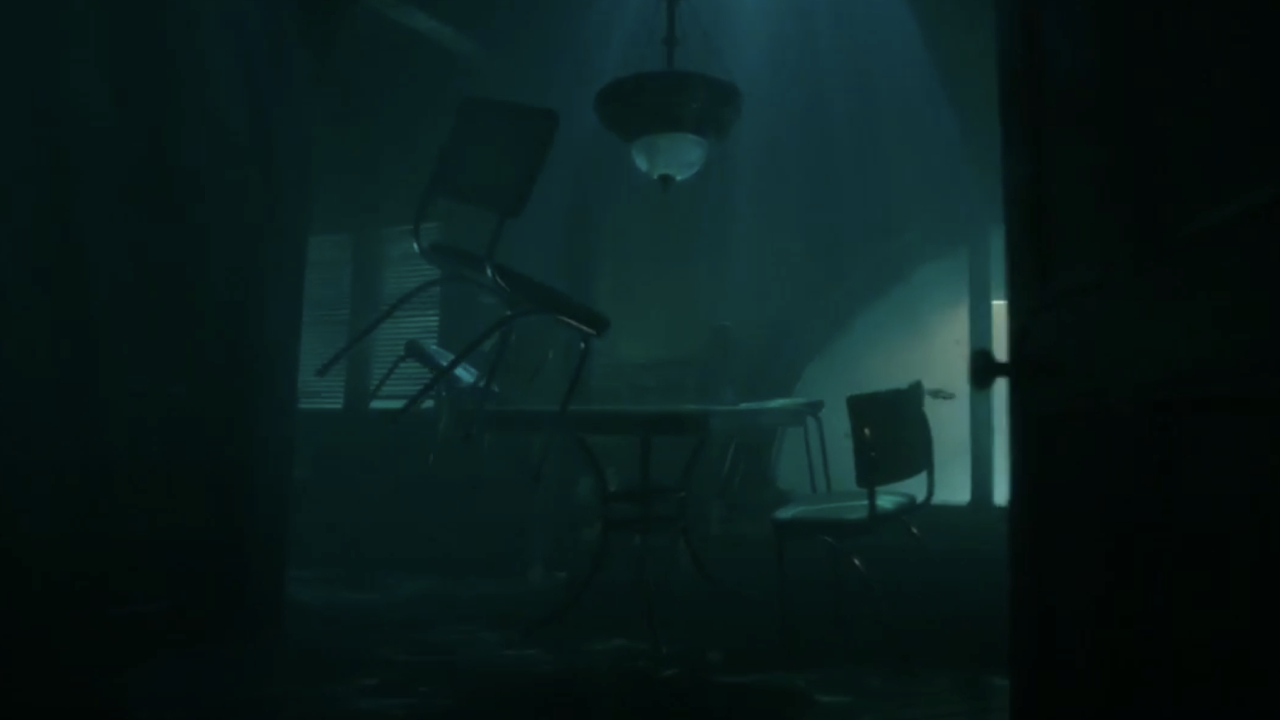
The Shape Of Water (2017)
Guillermo del Toro's Oscar-winning romantic fantasy The Shape of Water begins with an opening credits sequence taking place in a fully submerged building filled with floating furniture. According to THR, the surrounding water was added digitally but the scene was still primarily achieved practically by having puppeteers control the movements of the suspended props.
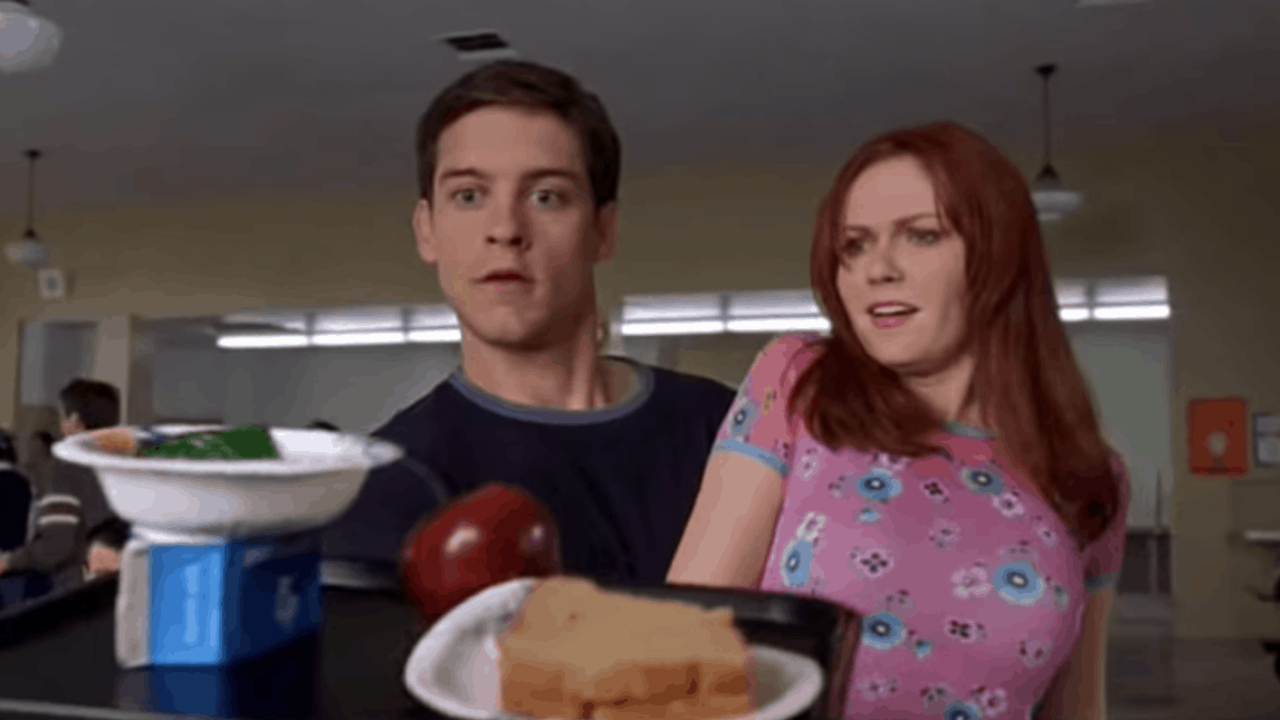
Spider-Man (2002)
Sam Raimi, creator of the Evil Dead movies, became an inspirational indie film hero with the use of clever, homemade practical effects in the original horror classic and would maintain that sensibility when he helmed one of the best superhero movies, Spider-Man. For instance, as a DVD commentary reveals, the scene when Peter Parker (Tobey Maguire) catches Mary-Jane (Kirsten Dunst) and her falling lunch on her tray was captured for real after 156 takes, with some help from an adhesive that kept the tray steadily attached to Maguire's hand.
CINEMABLEND NEWSLETTER
Your Daily Blend of Entertainment News
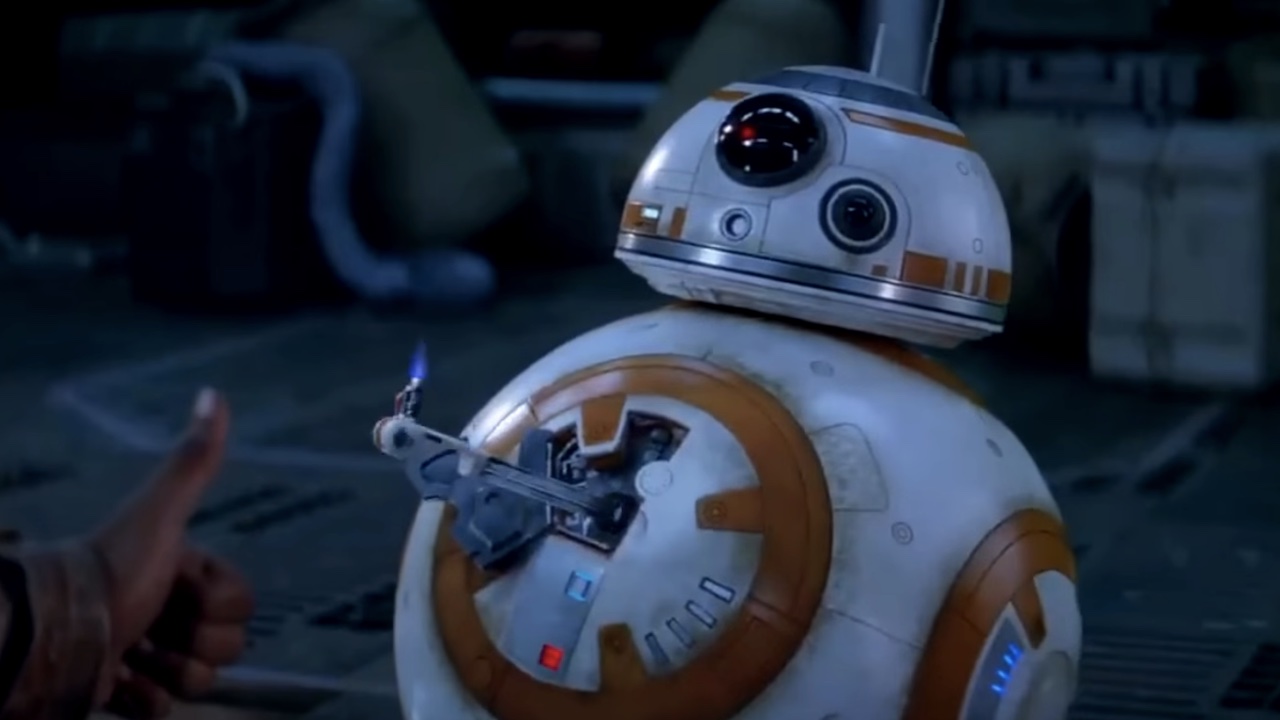
Star Wars: The Force Awakens (2015)
The design of BB-8 is so unique that it seems it could only be achieved in a galaxy far, far away but, according to the official Star Wars website, he was filmed practically here on Earth. The rolling droid was constructed for Star Wars: The Force Awakens with magnets and gyroscopes that allowed his head to remain attached as he rolled through the sand.
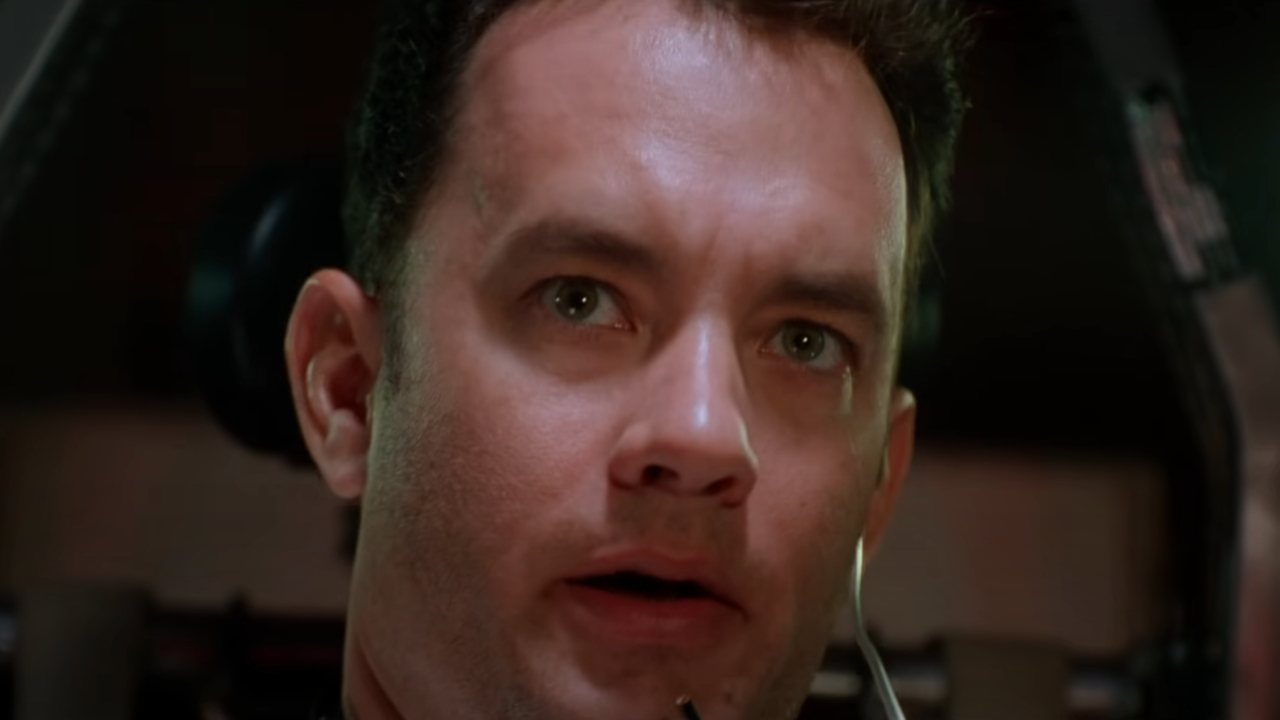
Apollo 13 (1995)
The zero-gravity sequences from the classic space movie, Apollo 13, are so realistic, it almost seems like director Ron Howard and co. would have had to leave Earth to shoot them. Actually, according to AV Club, they only had to travel about 36,000 feet above ground by building the set in a NASA training craft called the KC-135 (nicknamed the "vomit comet") which authentically creates the feeling of weightlessness by taking gravity-countering dives.
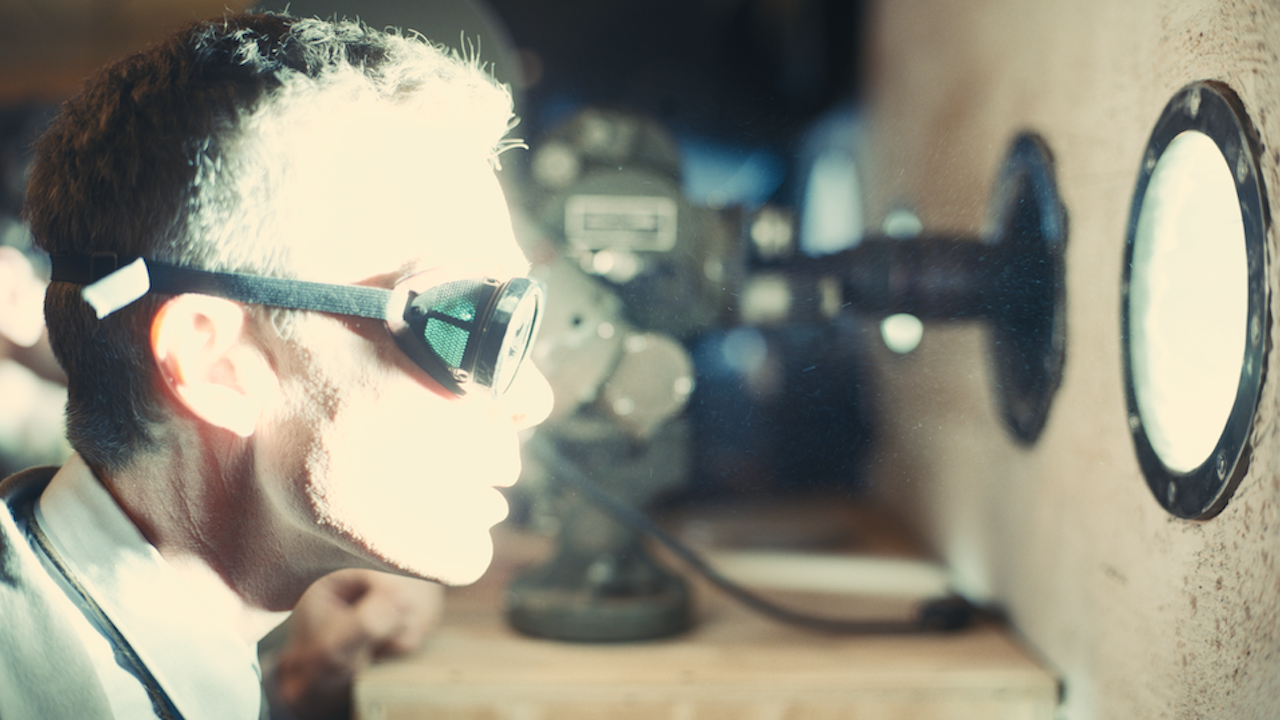
Oppenheimer (2023)
Christopher Nolan said that there were "zero CGI shots" in his Best Picture Oscar winner, Oppenheimer, which dramatizes the development of the atomic bomb. To clarify, as reported in Variety, CGI was used in some instances to improve a visual but not a single shot was entirely created with a computer, including the Trinity Test, which was filmed practically using miniatures that were blown up by the crew.
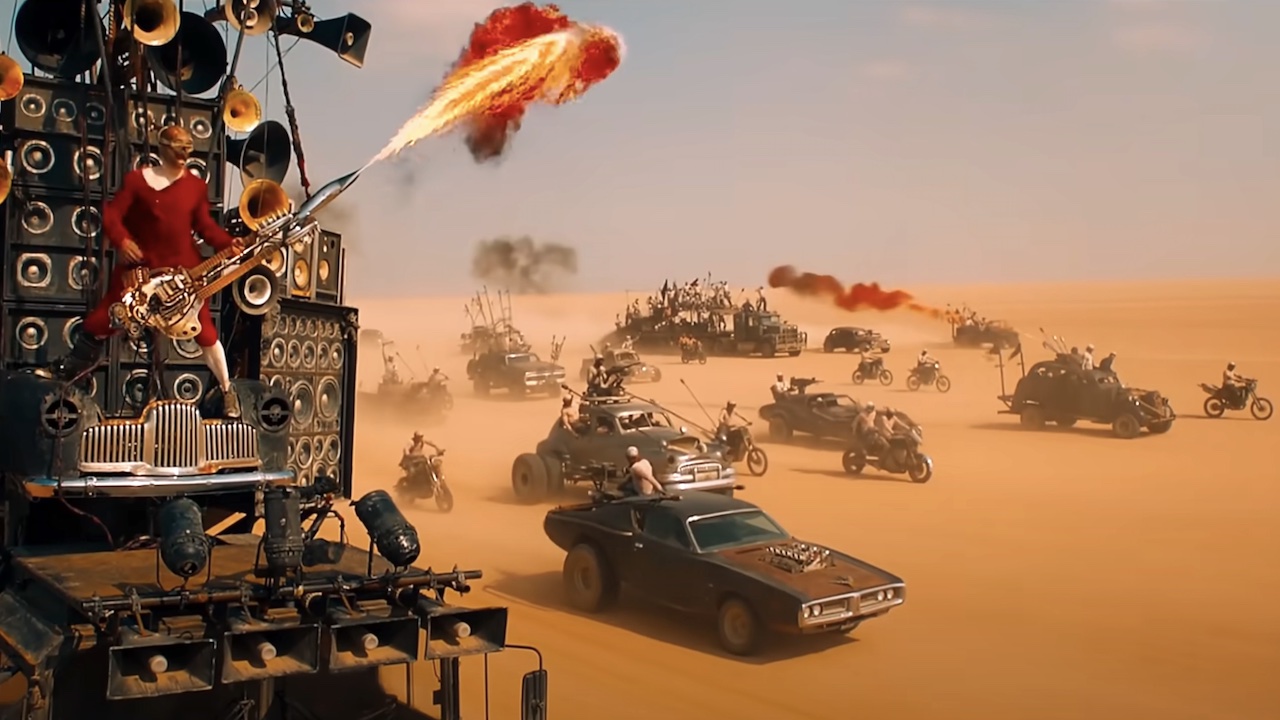
Mad Max Fury Road (2015)
CGI is primarily used in George Miller's exhilarating post-apocalyptic thriller, Mad Max: Fury Road, to improve certain visuals and remove equipment from the frame. However, as a behind-the-scenes feature found on the Blu-ray reveals, just about every wild, death-defying stunt that takes place in this post-apocalyptic action movie masterpiece was performed on camera and on location, such as the pole-vaulting stunts. Bonus fun fact: the Doof Warrior's guitar was an actual working flame-thrower.
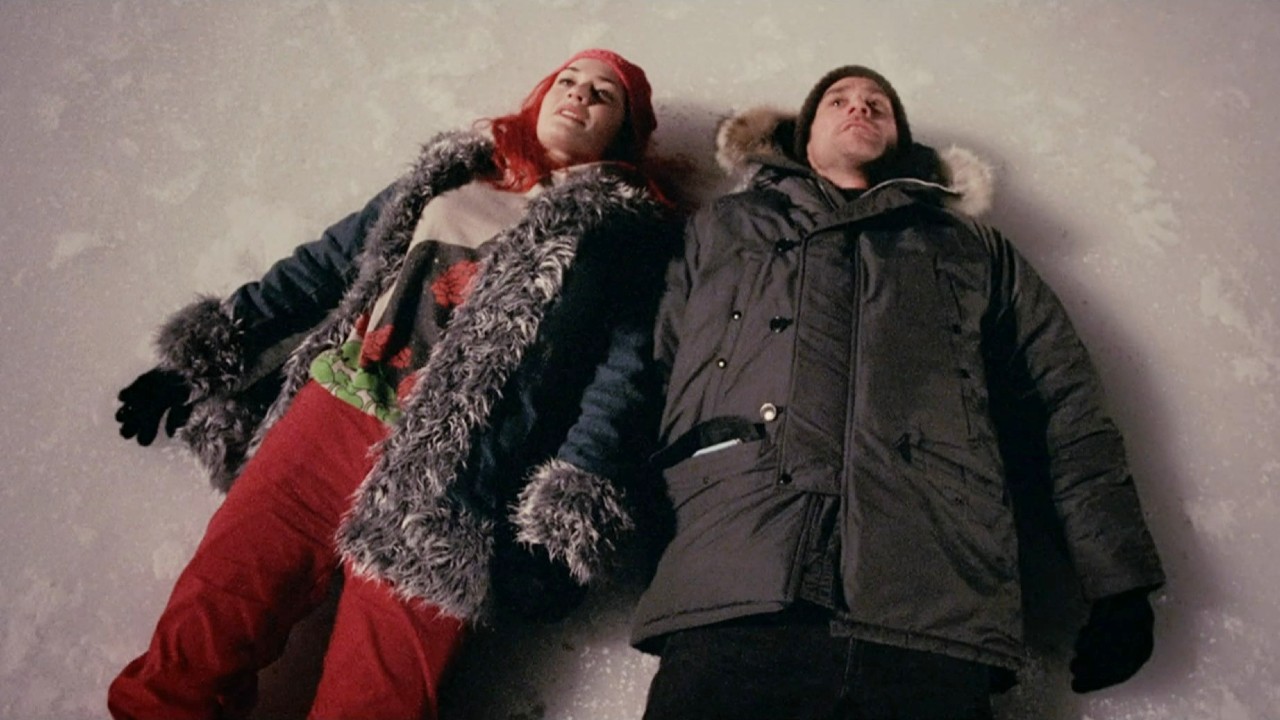
Eternal Sunshine Of The Spotless Mind (2004)
Director Michel Gondry's Eternal Sunshine of the Spotless Mind is a film that does not fit neatly into any genre, thanks to its mind-bending fantasy visuals, many of which were achieved practically. For instance, as mentioned in an article from Focus Features' official site, the scene when Joel (Jim Carrey) and Clementine (Kate Winslet) appear to change size while walking around a set is achieved with a distortion chamber, which uses forced perspective to create the illusion that two people on opposite sides of a room are wildly different sizes.
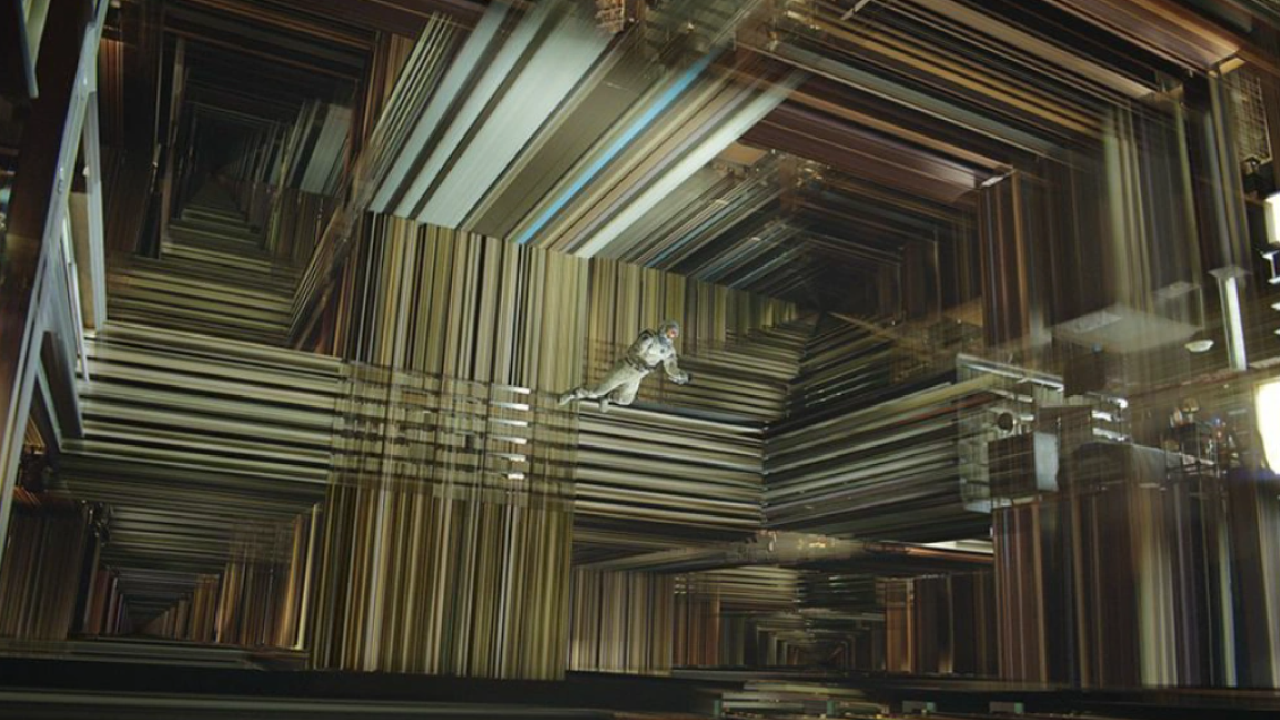
Interstellar (2014)
The one scene from Christopher Nolan's breathtaking space epic, Interstellar, that, most surprisingly, is predominantly shot with practical effects sees Cooper (Matthew McConaughey) in a tesseract that allows him to literally interact with time itself. IndieWire reports that the sequence was achieved by projecting animated images onto thin strands of fabric that surrounded the fully built, life-size set which the actor was suspended inside.
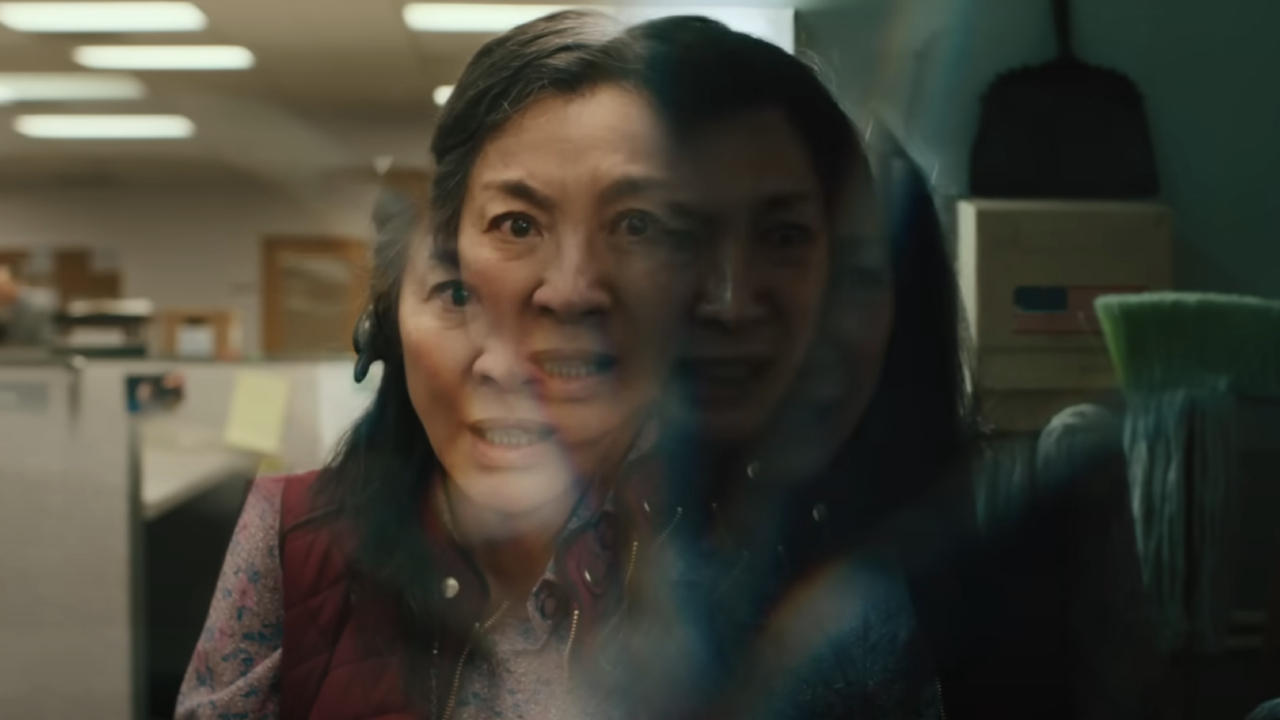
Everything Everywhere All At Once (2022)
Daniel Kwan and Daniel Scheinert created a fantastic world (or, more accurately, worlds) for their Oscar-winning, beloved A24 movie, Everything Everywhere All At Once, with a unique combination of CGI and practical effects and the help of a five-person VFX team. As they explain in a video for Wired, the first time Evelyn (Michelle Yeoh) makes an interdimensional jump was done practically by shooting the actor being dragged to another corner of the office building in slow motion.
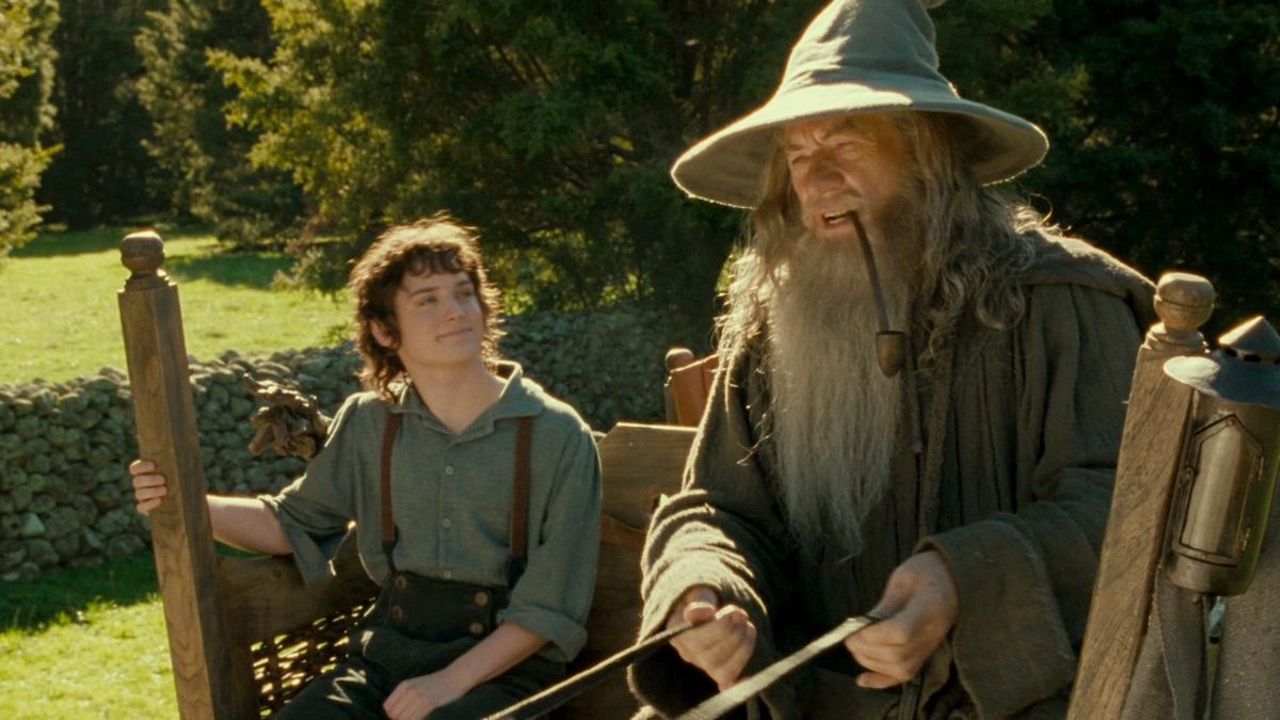
Lord Of The Rings: The Fellowship Of The Ring (2001)
Peter Jackson and Co. easily could have used digital effects to make Elijah Wood's Frodo and other Hobbit characters appear much smaller than Gandalf (Sir Ian McKellan) in the Lord of the Rings movies. Instead, according to Wired, they went the old-fashioned route and used the simple act of forced perspective by placing actors further back in the frame to make them look smaller than the actor placed closer to the camera.
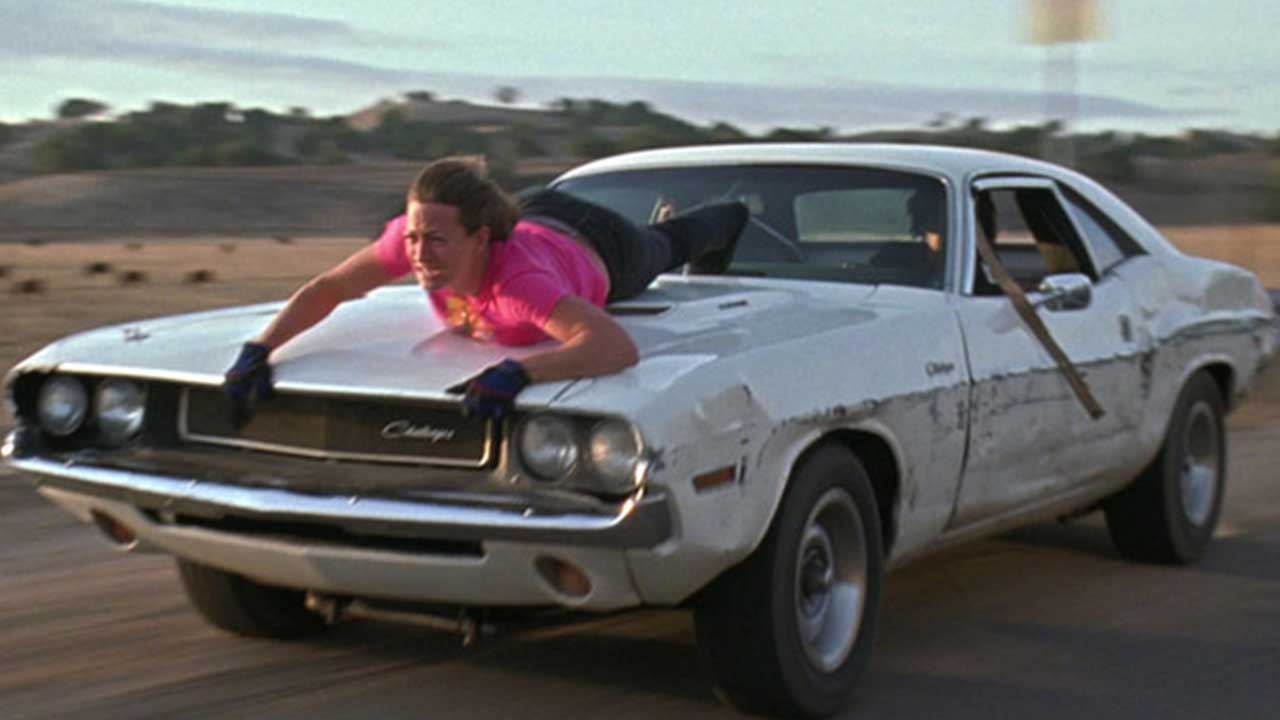
Grindhouse (2007)
Robert Rodriguez and Quentin Tarantino teamed up for a double feature that paid tribute to exploitative B-grade flicks of the '60 and '70s but only one of them really stayed true to the era's filmmaking principles. Rodriguez's Planet Terror relies heavily on CGI to create its grotesque world while Tarantino's Death Proof (according to Hagerty) is lauded for adding little to no digital enhancement to its crazy stunts, especially when Zoe Bell hangs on the hood of a car while being chased by Kurt Russell's Stuntman Mike.
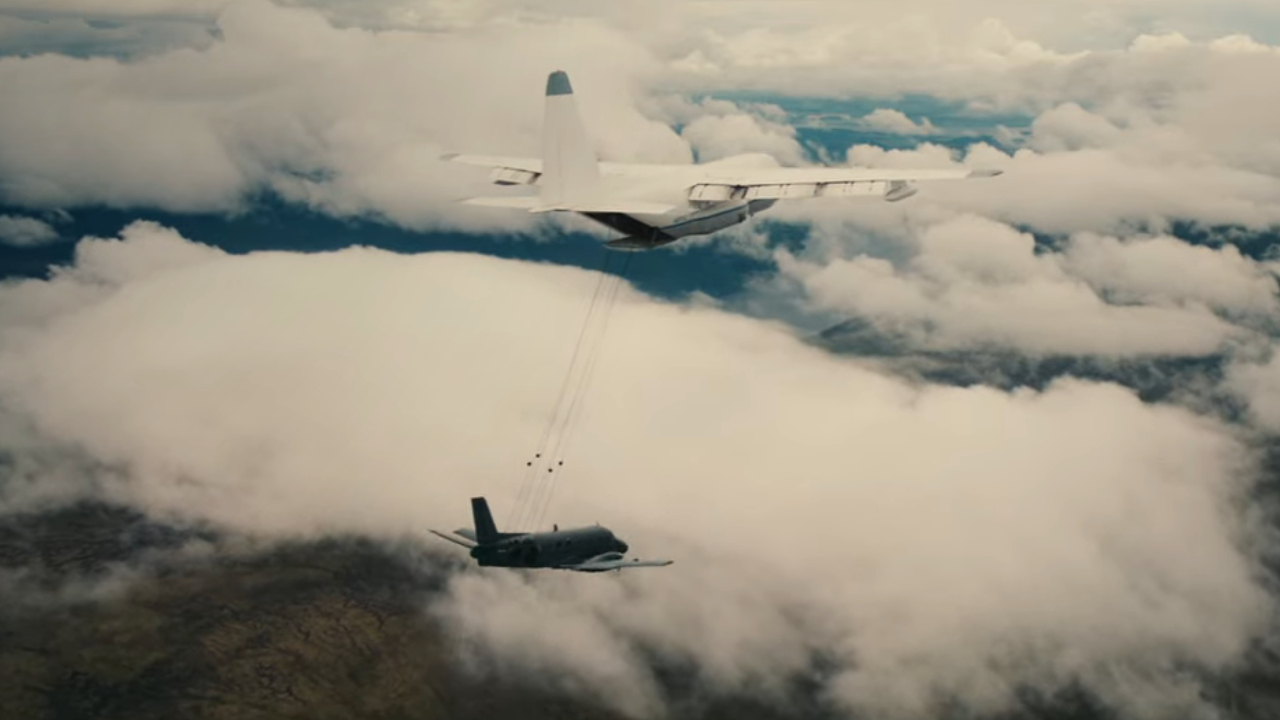
The Dark Knight Rises (2012)
All three of Christopher Nolan's live-action Batman movies provide proof of his championing for capturing as many mind-blowing sequences on camera as possible, especially in The Dark Knight Rises. As a Business Insider feature details, the opening sequence, in which Bane (Tom Hardy) hijacks a CIA plane, was performed for real after obtaining permission to drop part of the plane from a helicopter over Scottish land.
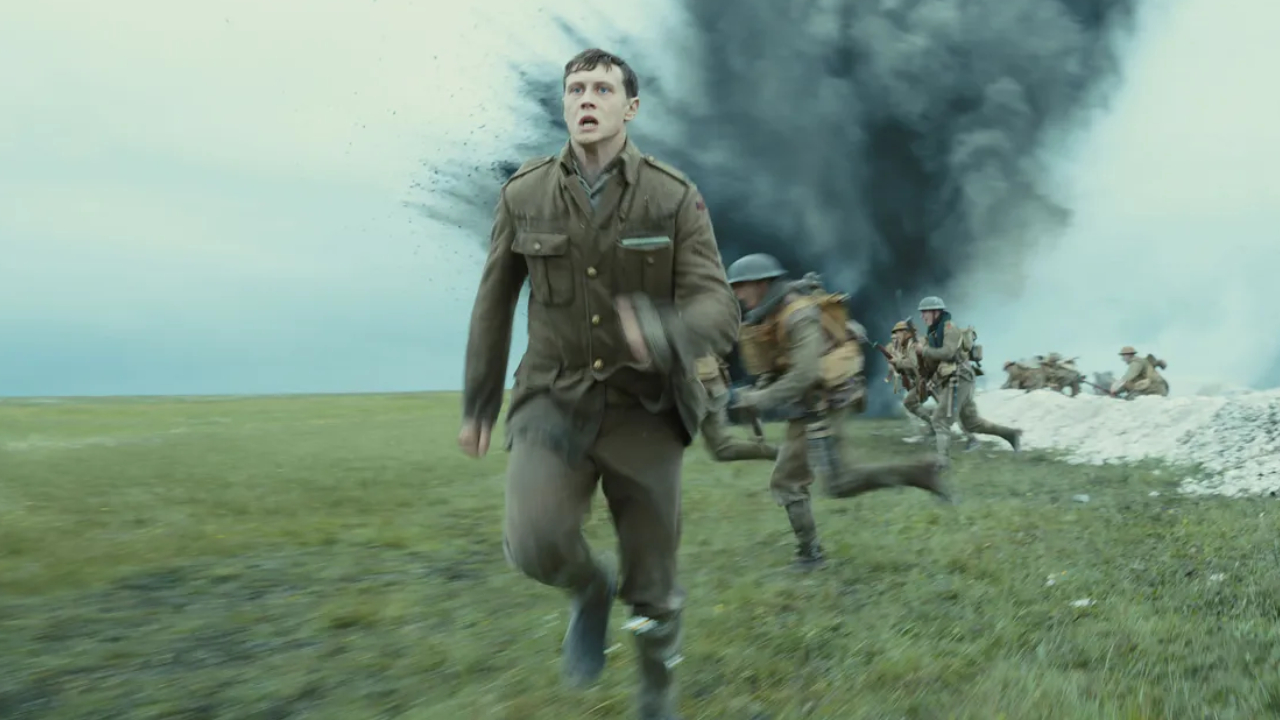
1917 (2019)
One might assume that to create the illusion of being filmed in mostly one take, Sam Mendes' 1917 used a great deal of CGI to hide the seams. Truthfully, there were some Oscar-winning digital effects used in some key moments, such as the plane crash sequence, but, as detailed by The New York Times, the explosions from the climactic scene in which Schofield (George MacKay) runs across a field bombarded with bombs were authentic.
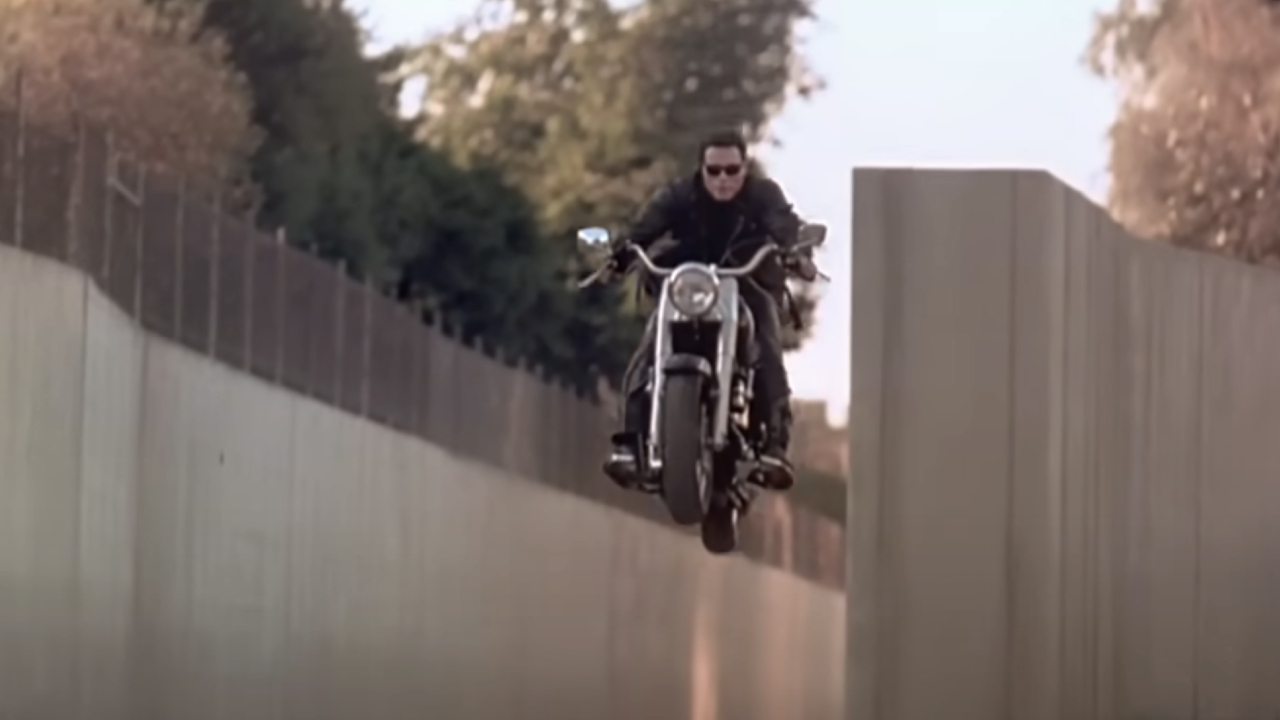
Terminator 2: Judgment Day (1991)
In addition to its breathtaking stunts, such as in the iconic canal scene, one of the most impressive practical effects from Terminator 2: Judgment Day takes place in the director's cut when Sarah (Linda Hamilton) and John Connor (Edward Furlong) remove the T-800's (Arnold Schwarzenegger) chip from his head in front of a mirror. A video by Insider explains that in order to avoid the camera showing up in the mirror's reflection, the scene was instead shot in front of a window with a recreation of the set on the other side and Hamilton's twin sister, Leslie, mimicking her actions.
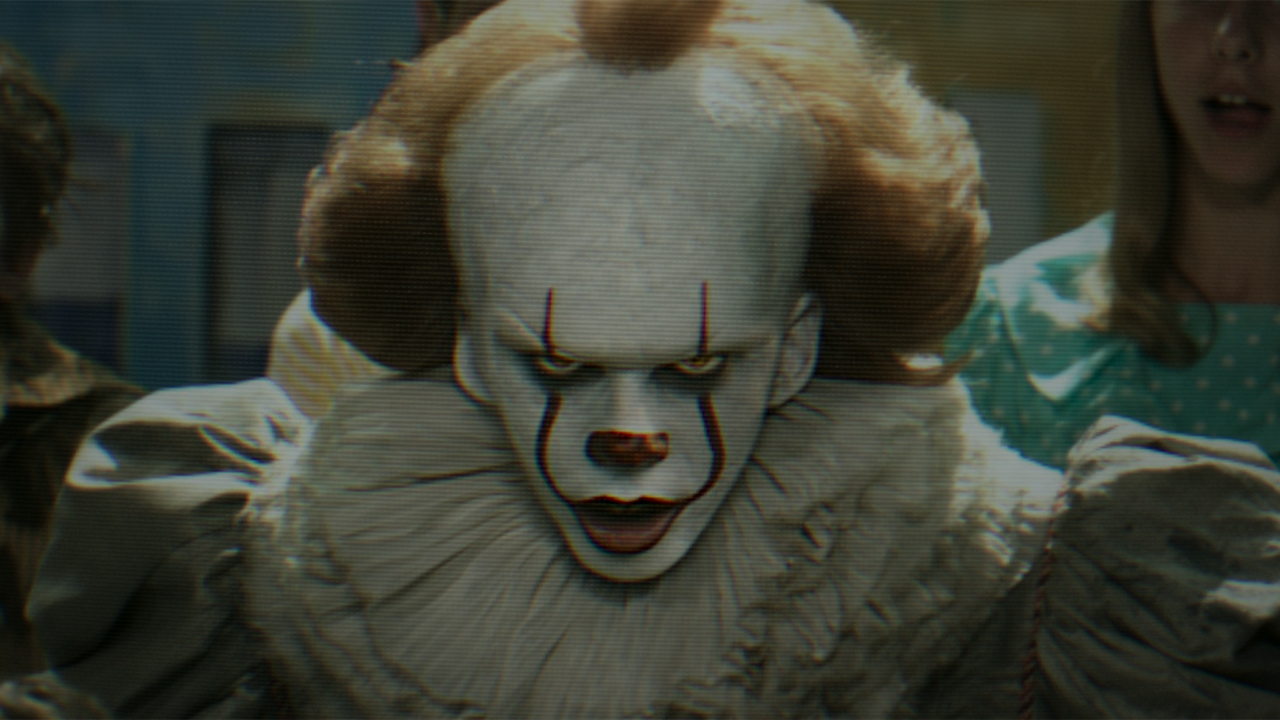
It (2017)
For his 2017 adaptation of Stephen King's It, director Andy Muschietti was initially planning on using CGI to give Pennywise a lazy eye to make the demonic clown even creepier. However, according to an exclusive interview with Entertainment Tonight, he discovered he did not need to use digital effects because Pennywise actor Bill Skarsgård can move his eye individually – a fact that It: Chapter Two star Bill Hader was frightened to learn on set, as he revealed on Conan.
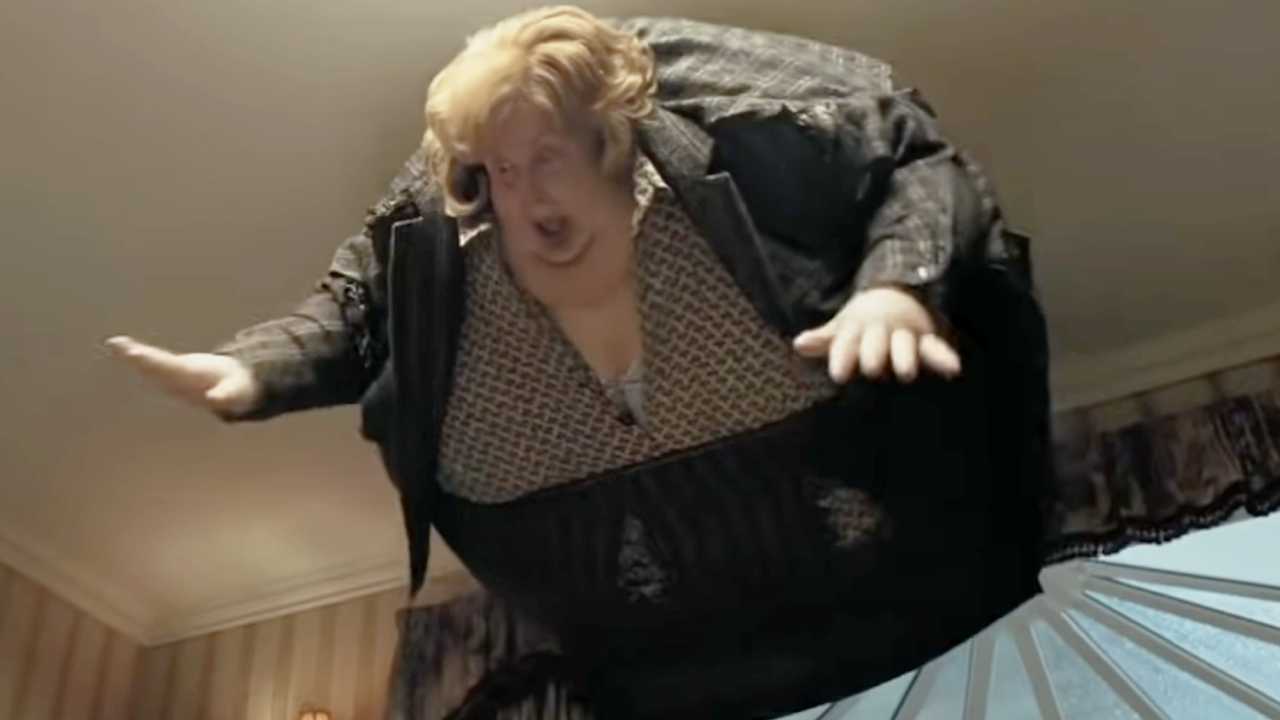
Harry Potter And The Prisoner Of Azkaban (2004)
Most of the magic from the Harry Potter movies is, obviously, brought to life with digital effects but there is one memorable, fantastic scene from the third installment, Harry Potter and the Prisoner of Azkaban, that was created on camera. A feature by ScreenRant explains that, for the scene in which Harry (Danielle Radcliffe) accidentally casts a spell that causes his Aunt Marge to blow up like a balloon, actor Pam Ferris wore a special suit and facial makeup prosthetics that could actually inflate.
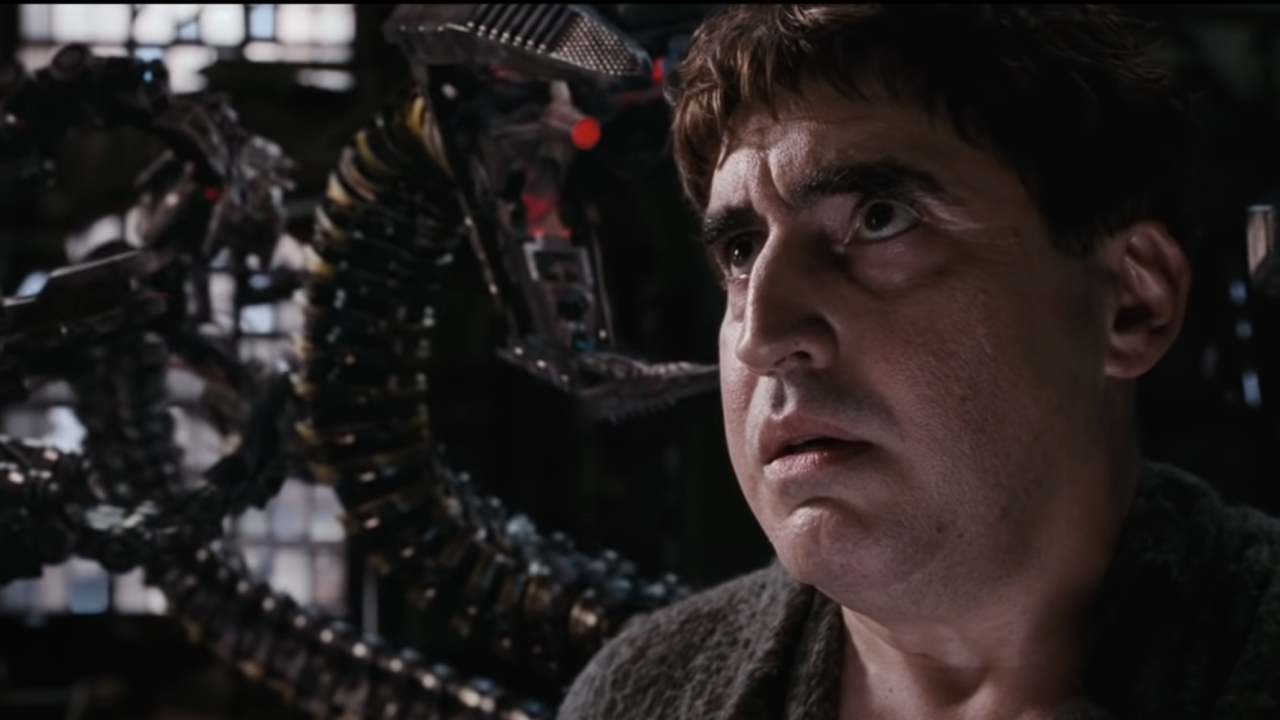
Spider-Man 2 (2004)
Awarding the Oscar for Best Visual Effects to Spider-Man 2 was a no-brainer based on how realistic Doctor Octopus' mechanical arms look alone. As explained in a DVD bonus feature, CGI was used for most scenes involving Doc Ock's evil appendages but many of their movements were achieved with rigorous puppeteering which actor Alfred Molina was also heavily involved in.
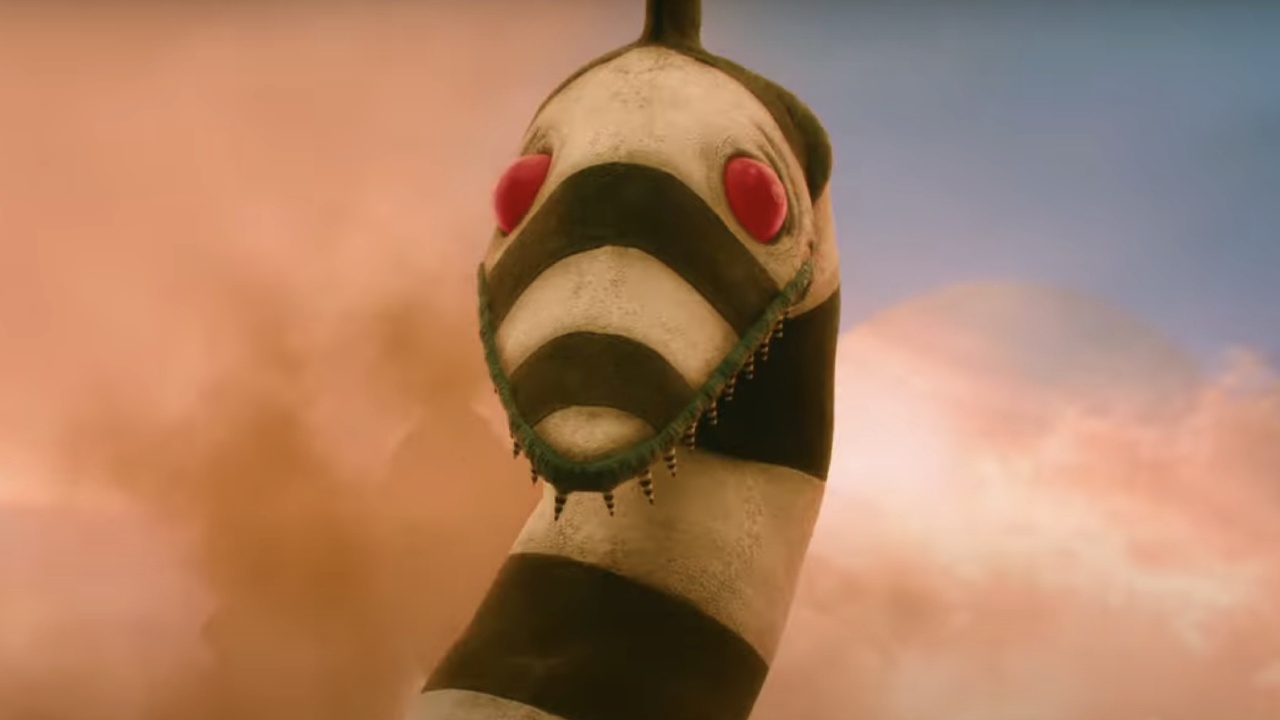
Beetlejuice Beetlejuice (2024)
Michael Keaton said that it was important to him and director Tim Burton that the long-awaited Beetlejuice sequel, Beetlejuice Beetlejuice, use as many practical effects as possible. EW mentions that, just like in the 1988 original, sandworms were created with stop-motion animation for a scene when Lydia Deetz (Winona Ryder) and her daughter, Astrid (Jenna Ortega) find themselves on one of Saturn's moons.
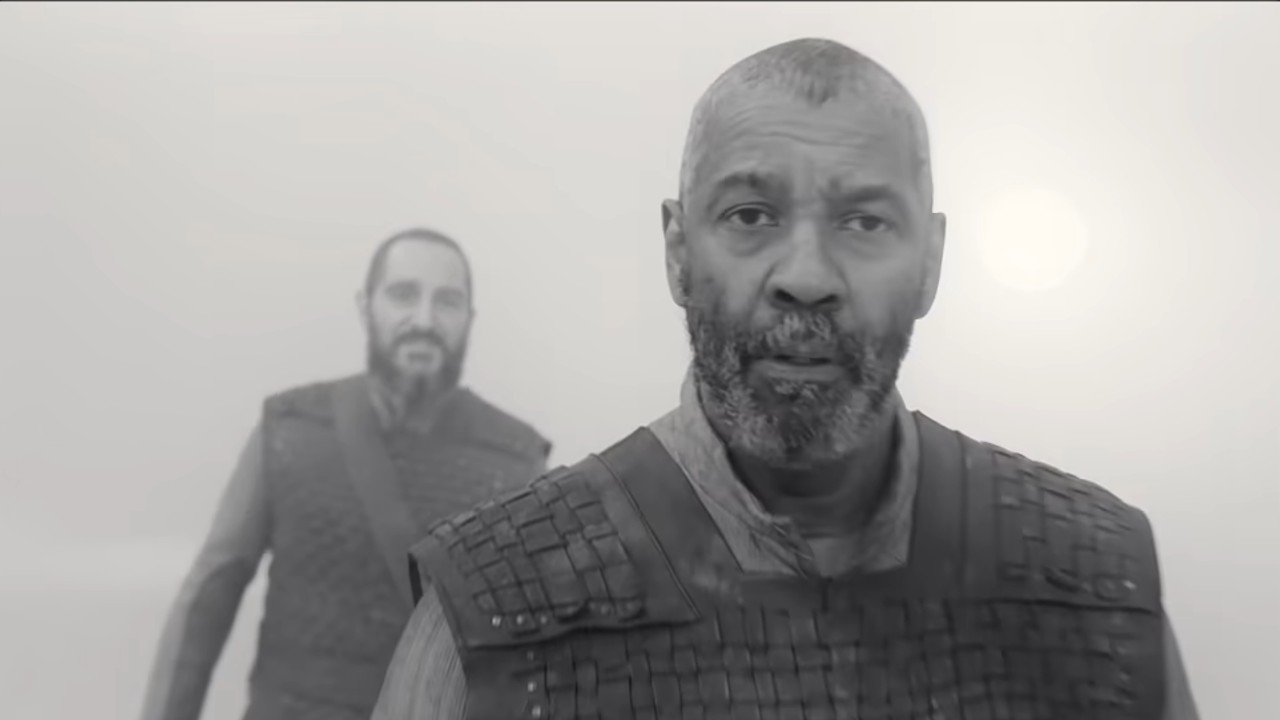
The Tragedy of Macbeth (2021)
For Joel Coen's solo directorial debut, The Tragedy of Macbeth, the filmmaker wanted to give the adaptation of William Shakespeare's influential play a distinct look reminiscent of a theater stage. To create this aura, as seen on a featurette posted to YouTube by Apple TV+, life-size sets were built on a soundstage at the Warner lot and surrounded by matte paintings to fill in the backgrounds.
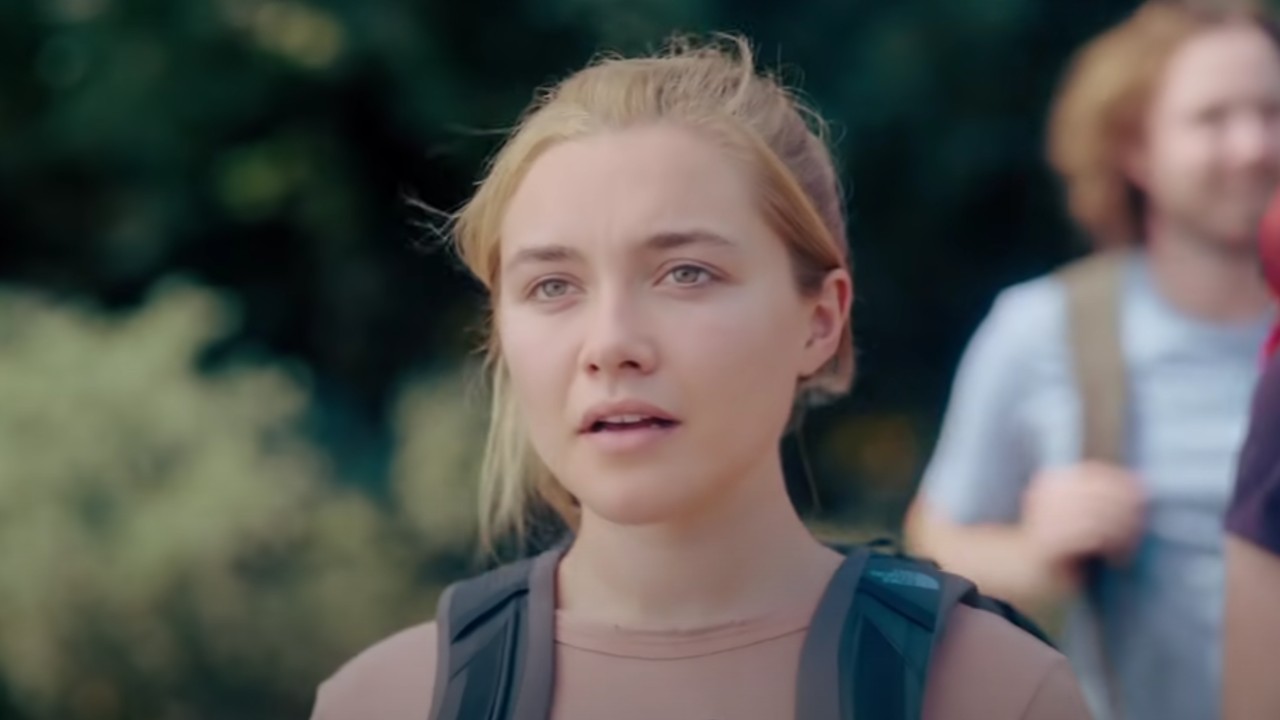
Midsommar (2019)
The secret to the visceral nature of the nightmares Ari Aster brings to life in his second great A24 horror film, Midsommar, is the use of practical effects, such as in the scene when an elderly villager has his face fatally smashed in after surviving a cliff jump. According to Vulture, the gruesome moment was filmed practically with a fake head equipped with pneumatic cylinders that could collapse and reset with the push of a button, allowing for multiple takes with the same prop.

Skyfall (2012)
What makes Daniel Craig's James Bond movies so memorable is the realism of their action sequences, such as the opening scene of Skyfall. A feature about the train fight from SlashFilm details just how challenging it was for director Sam Mendes and co. to shoot the scene on top of a real moving train.
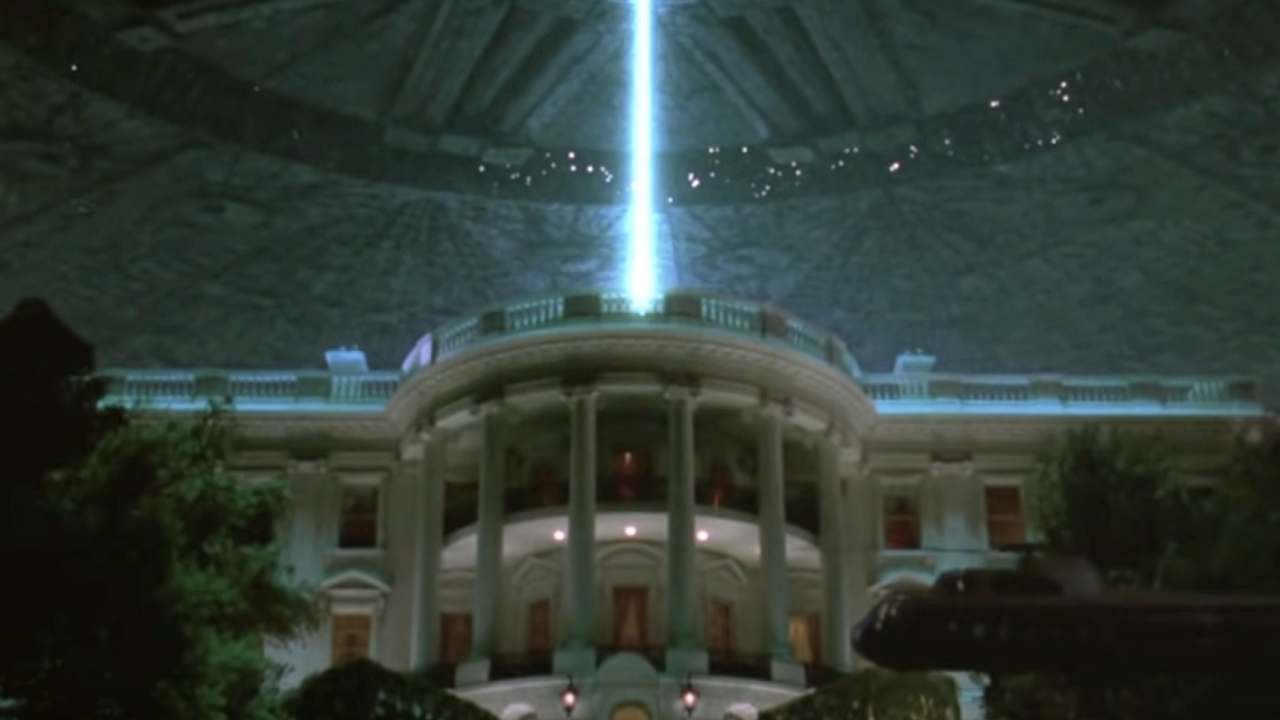
Independence Day (1996)
The visual effects of the classic alien invasion movie, Independence Day, took home a well-deserved Oscar — not just for its convincing CGI but also for its more old-fashioned tricks. For instance, an article from the Director's Guild of America website explains that the destruction of recognizable landmarks like The White House and the Empire State Building was achieved with miniatures.
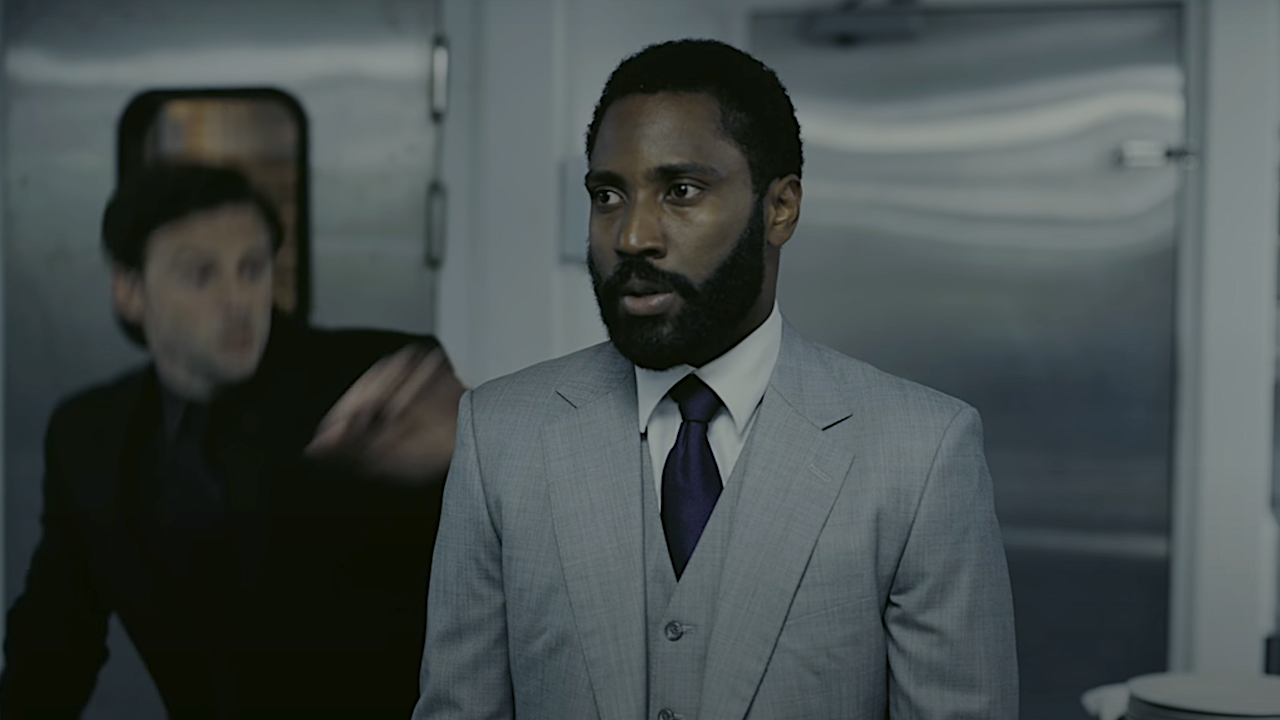
Tenet (2020)
Christopher Nolan goes above and beyond to create the most realistic and explosive action sequences possible, such as purchasing a real, full-size Boeing 747 only to destroy it. According to ScreenRant, that is how he shot the plane crash scene from Tenet.
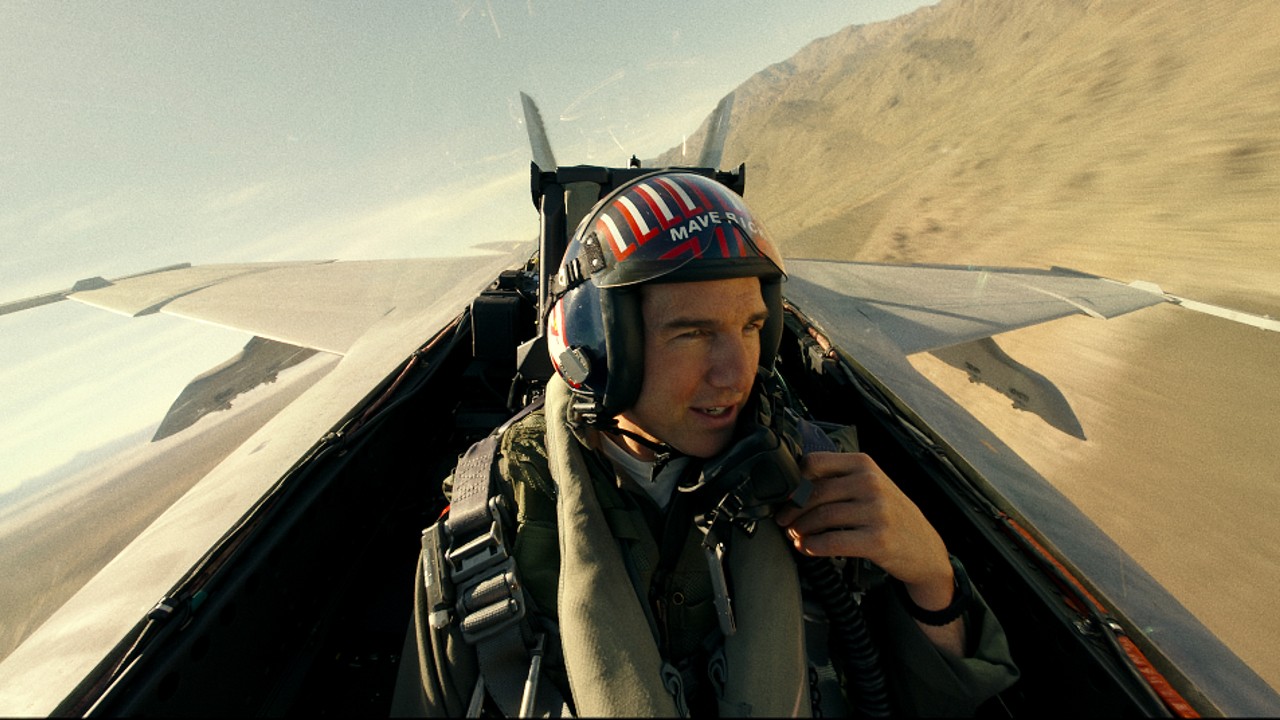
Top Gun: Maverick (2022)
Enough time has passed since the 1986 original that Tom Cruise and Co. could have achieved aerial action sequences in Top Gun: Maverick on sound stages and with green screens. Instead, as detailed by IGN, the actors trained for months to actually go up in the air in military-grade jets equipped with cameras for the most realistic shots possible.
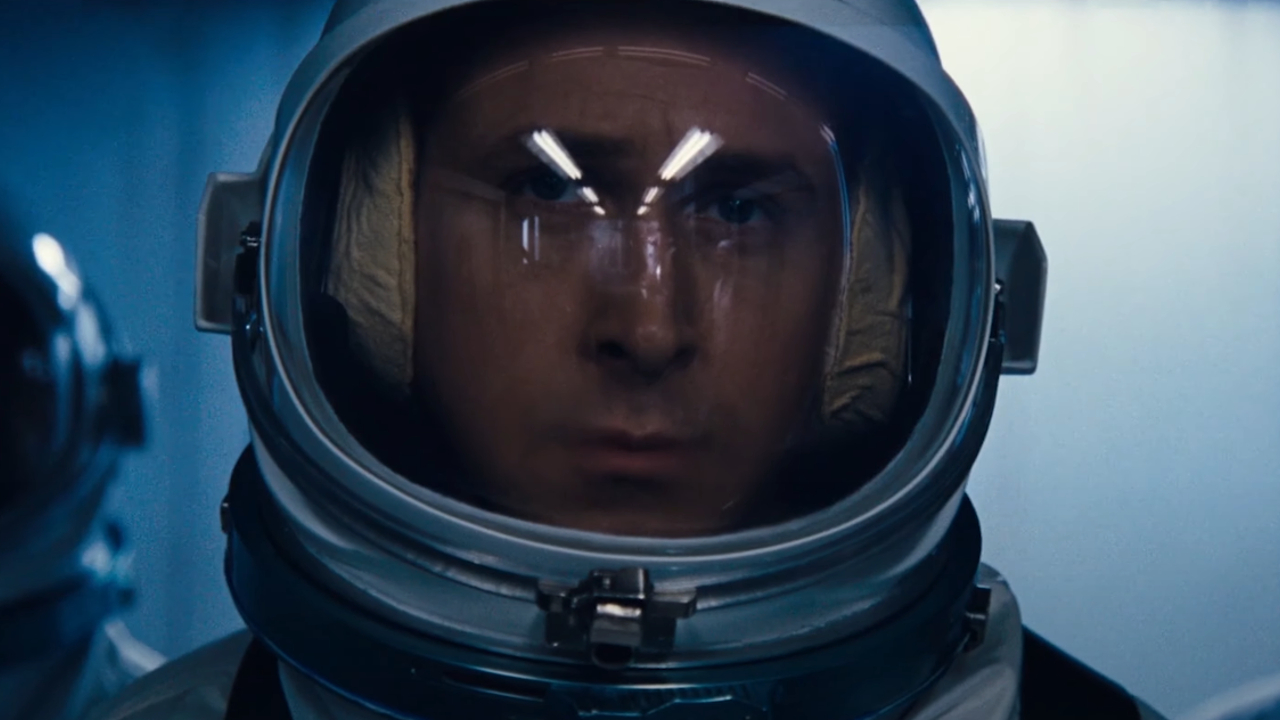
First Man (2018)
According to Digital Trends, First Man director Damien Chazelle wanted to shoot Neil Armstrong's (Ryan Gosling) moonwalk without green screens but in a place that could later be slightly augmented in post-production. They chose to shoot the sequence at an Atlanta quarry and some of the only digital trickery involved was to remove elements the filmmakers did not want to be reflected in the actors' astronaut helmet visors.
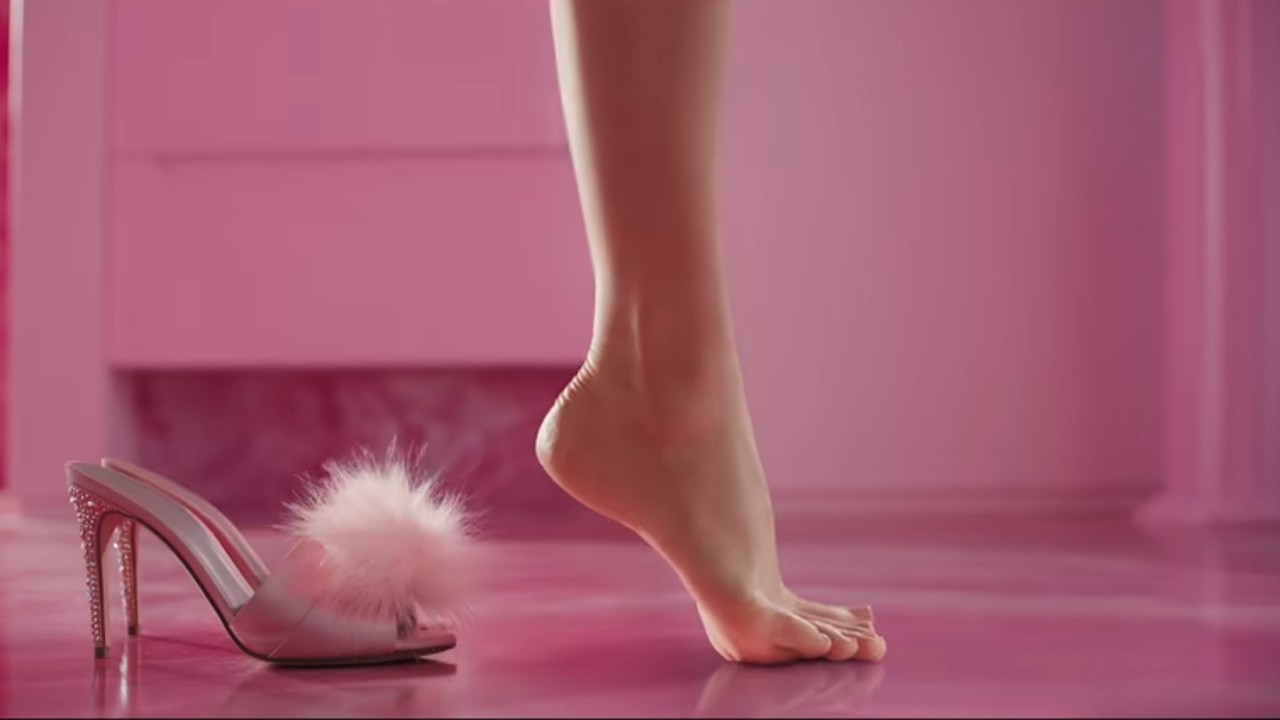
Barbie (2023)
Before her feet fall flat due to an existential crisis, Margot Robbie's eponymous role is introduced in Barbie with her feet in an inhumanly arched position. Director Greta Gerwig told The Project that his shot was not achieved with CGI but by anchoring Robbie's toes to the ground with double-sided tape.
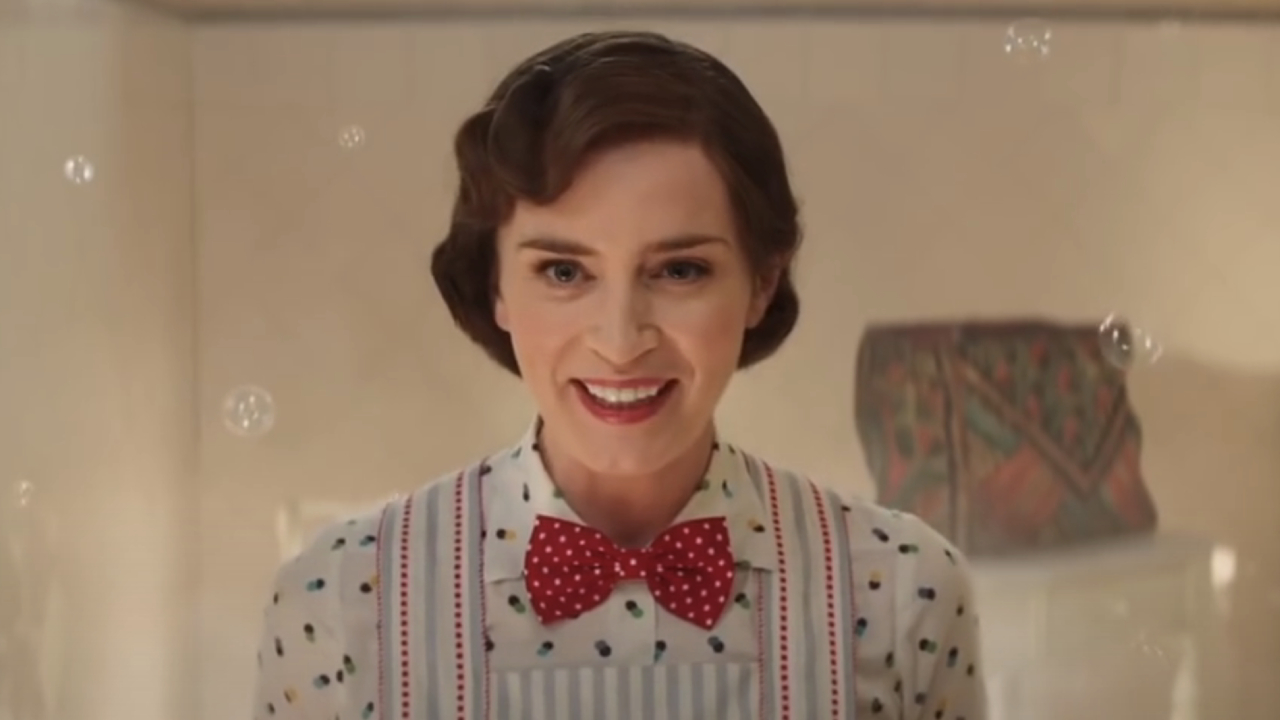
Mary Poppins Returns (2018)
Emily Blunt made magic with her wonderful portrayal of the iconic, titular nanny in Mary Poppins Returns but that was not the only stellar trick the production pulled. For instance, as a special featurette shared on YouTube by Rotten Tomatoes reveals, the scene in which Mary and the children enter a magical realm through their bathtub was achieved with a slide built underneath the tub that was cleverly concealed with a thick layer of soap bubbles.
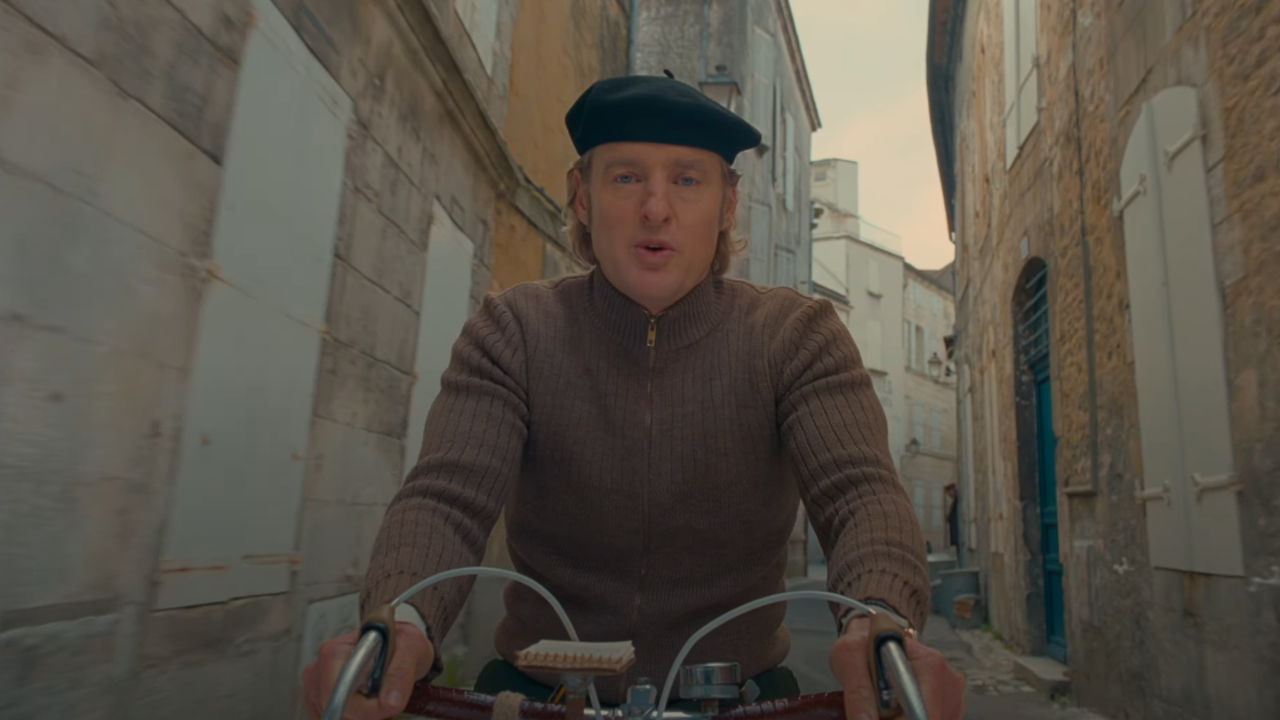
The French Dispatch (2021)
Wes Anderson movies like The French Dispatch exist in a world that could only come from the filmmaker's vast imagination. So, how are these striking, surreal images brought to life on camera? A video by Piercefilm Productions reveals some of the drama's most memorable visuals are created with a combination of miniatures and painted backgrounds.
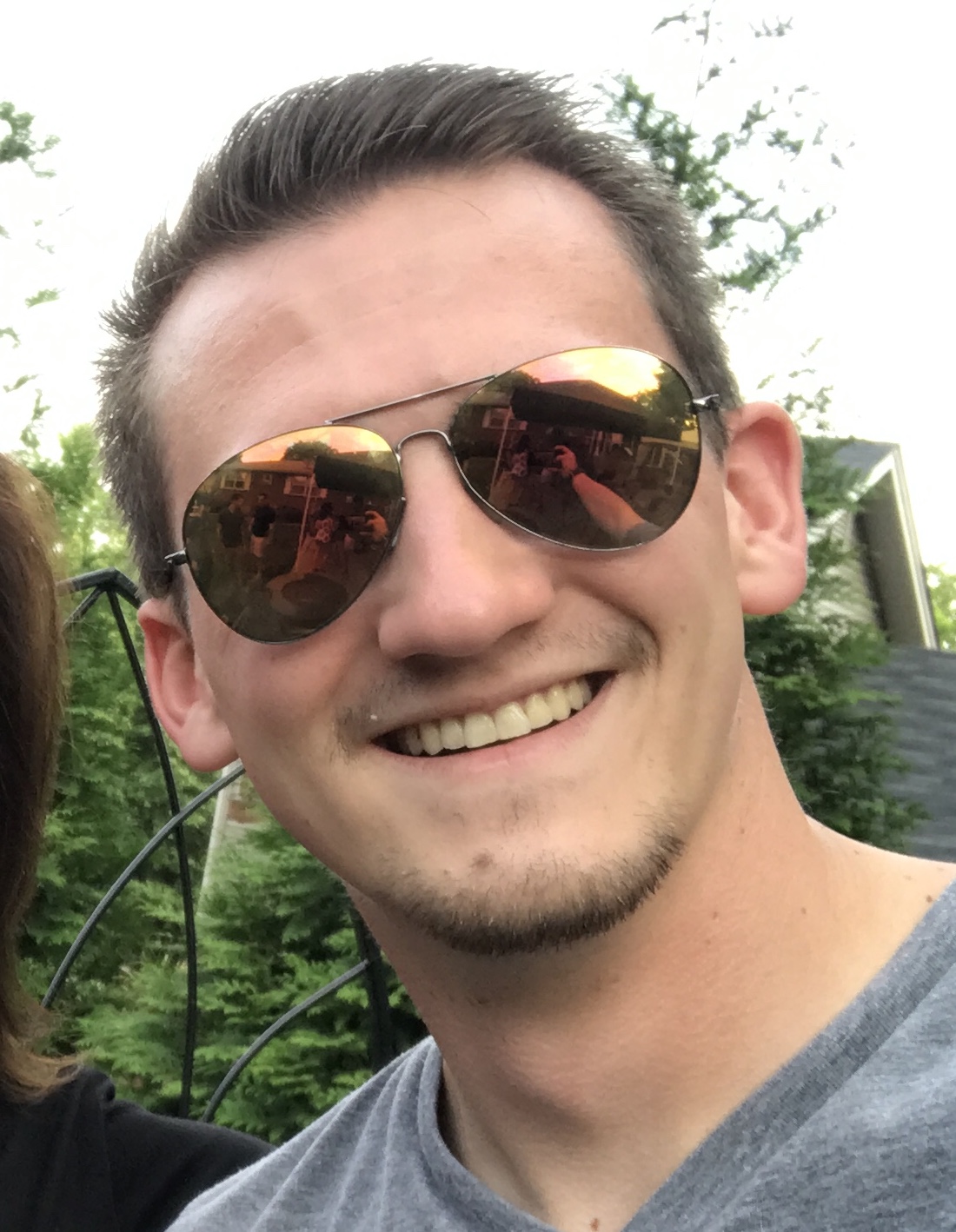
Jason Wiese writes feature stories for CinemaBlend. His occupation results from years dreaming of a filmmaking career, settling on a "professional film fan" career, studying journalism at Lindenwood University in St. Charles, MO (where he served as Culture Editor for its student-run print and online publications), and a brief stint of reviewing movies for fun. He would later continue that side-hustle of film criticism on TikTok (@wiesewisdom), where he posts videos on a semi-weekly basis. Look for his name in almost any article about Batman.
You must confirm your public display name before commenting
Please logout and then login again, you will then be prompted to enter your display name.
